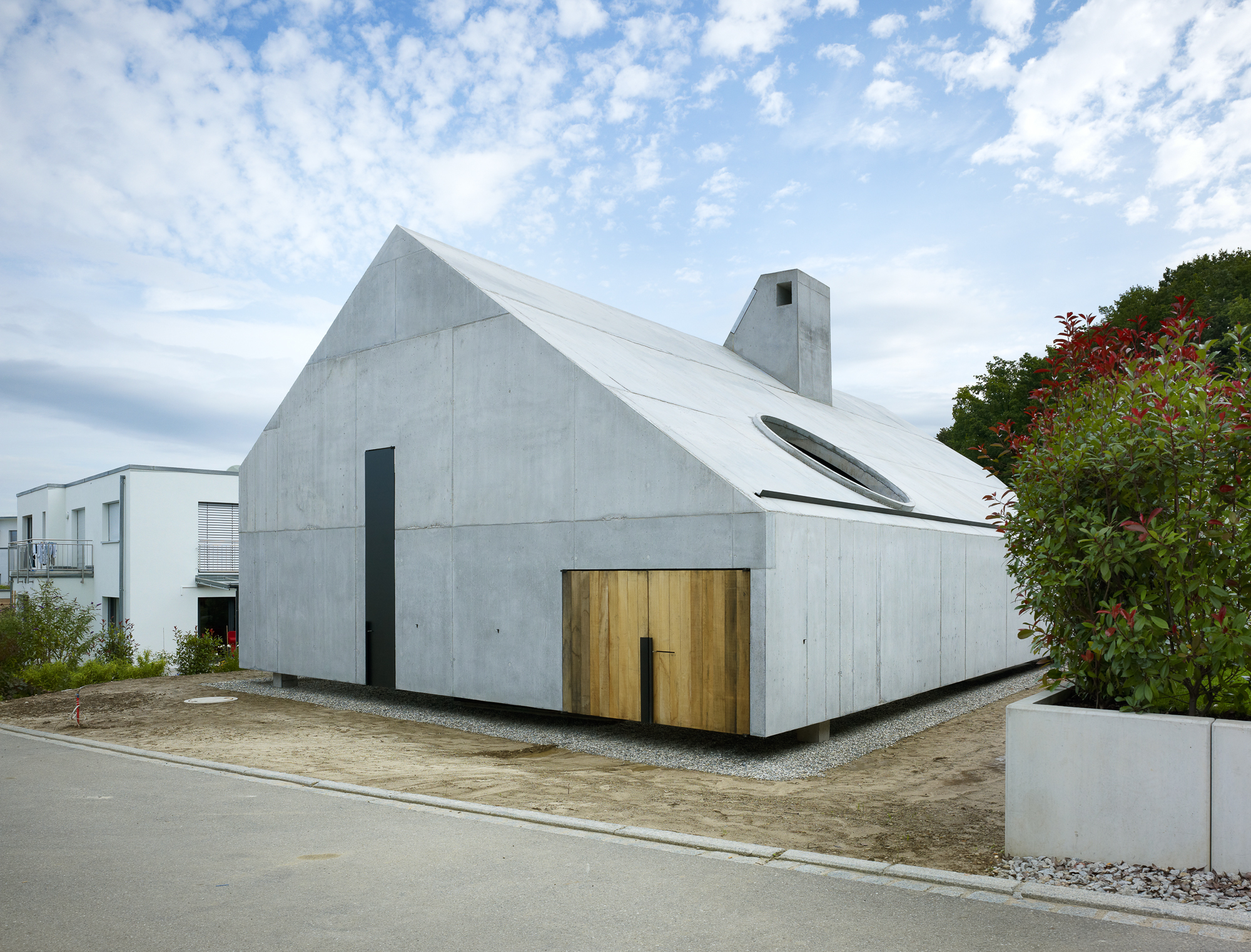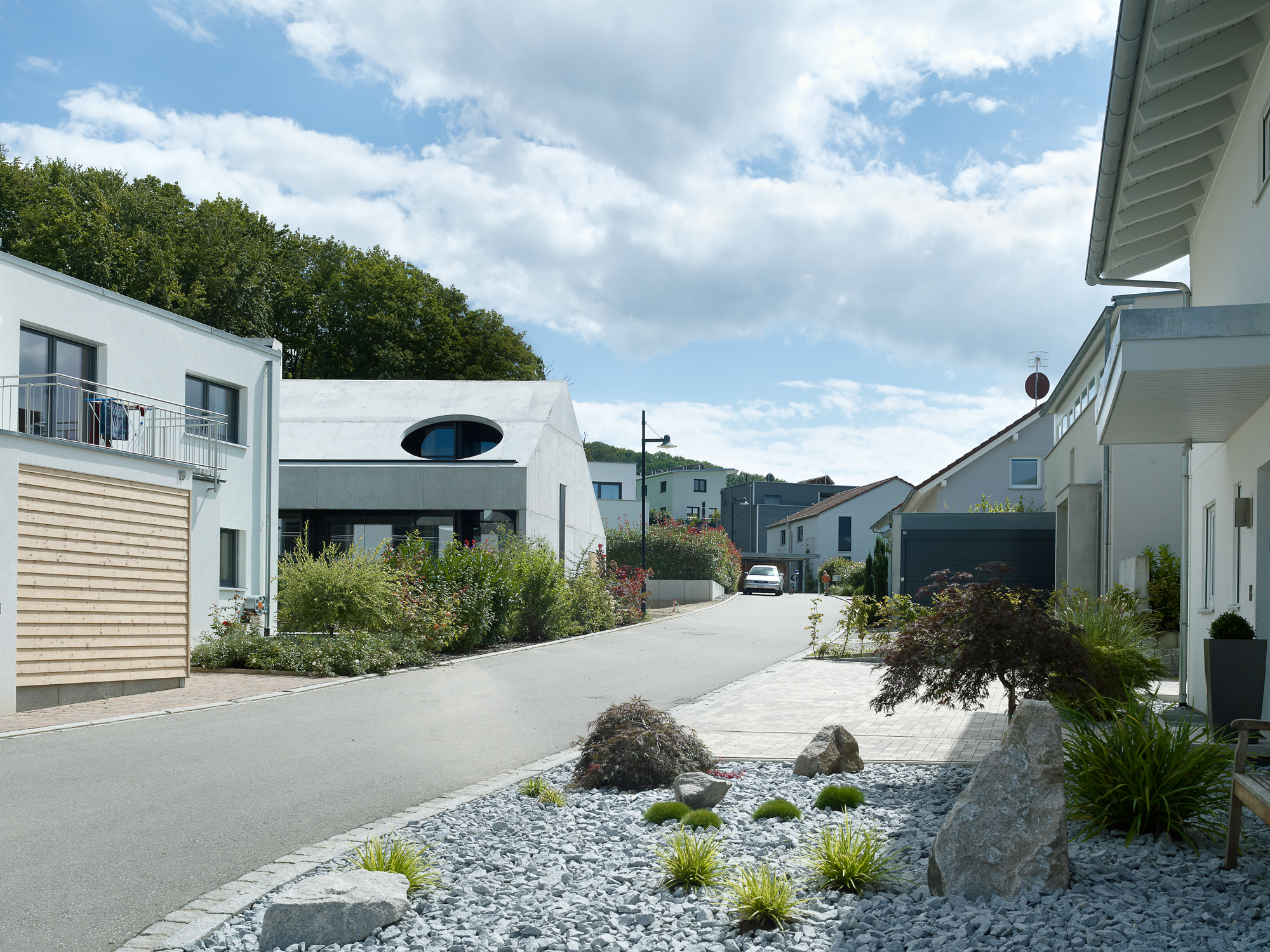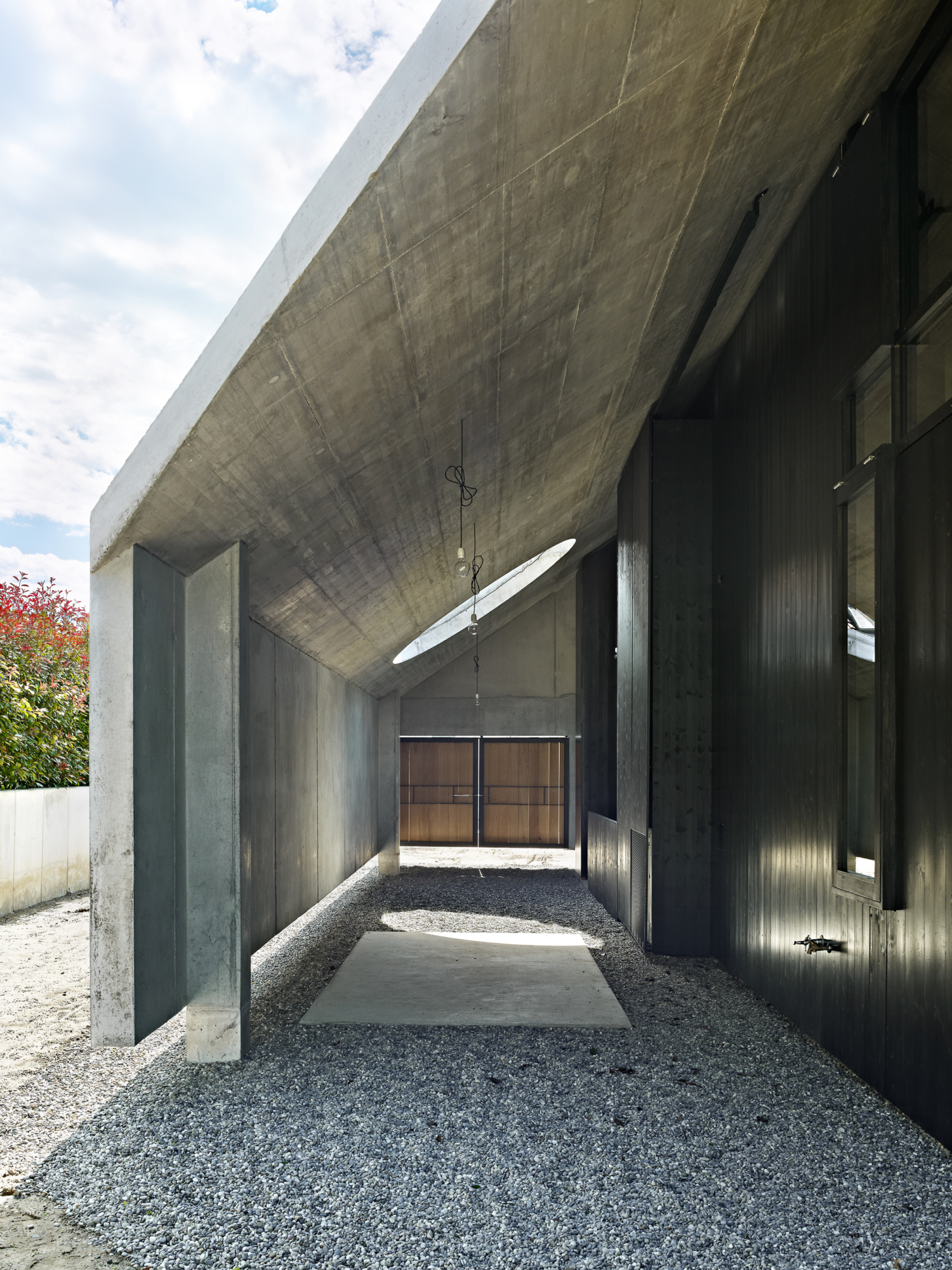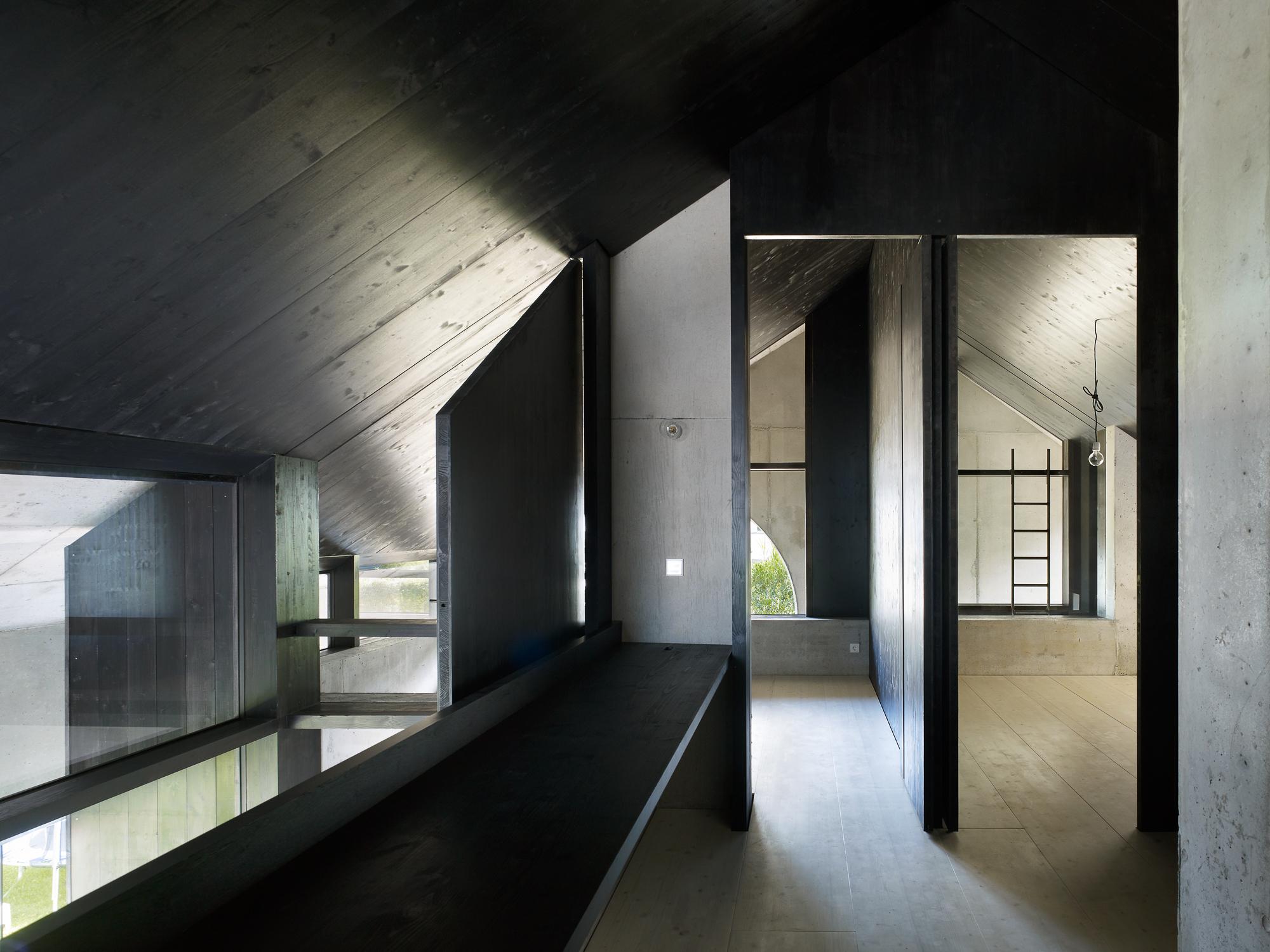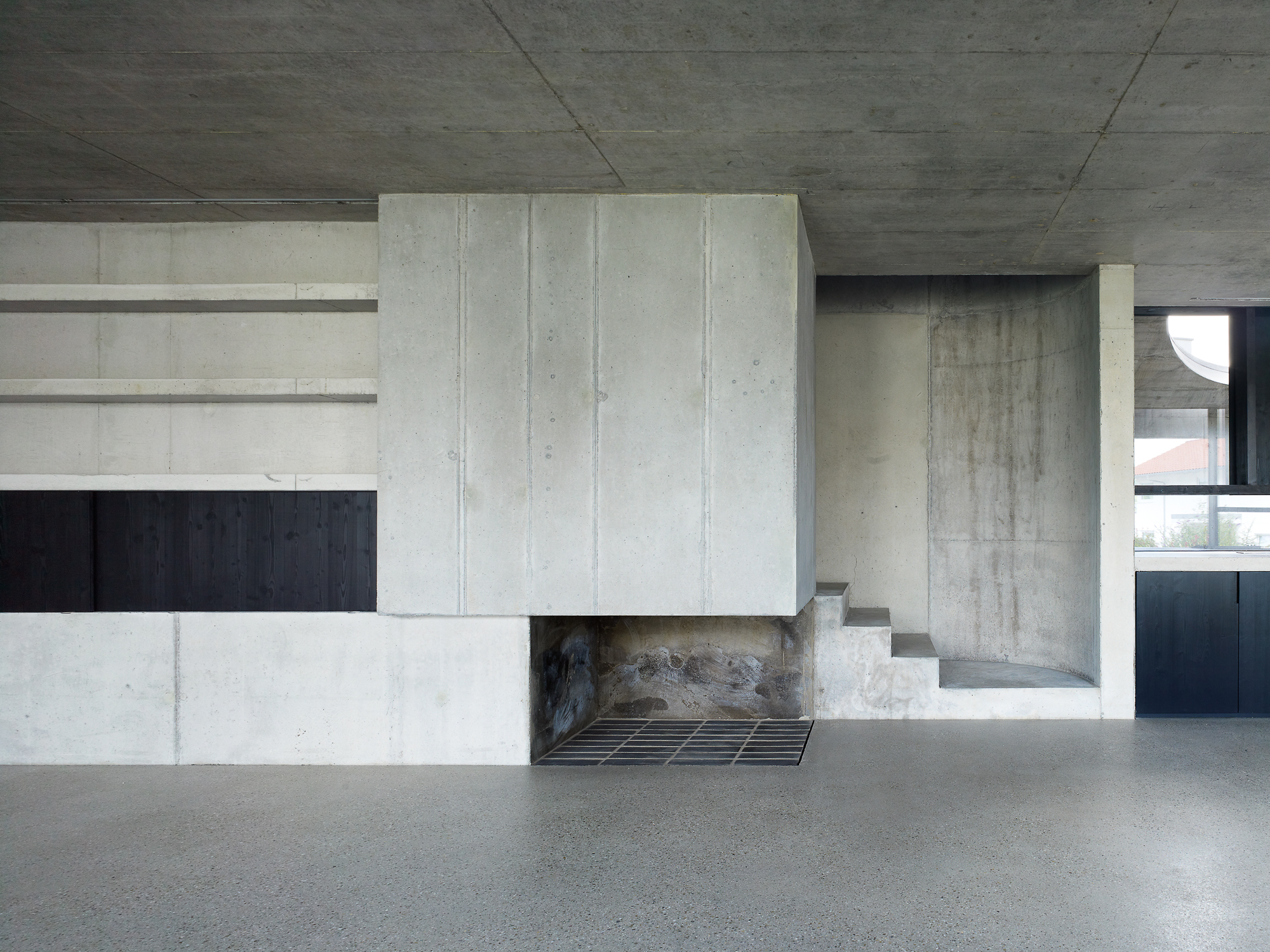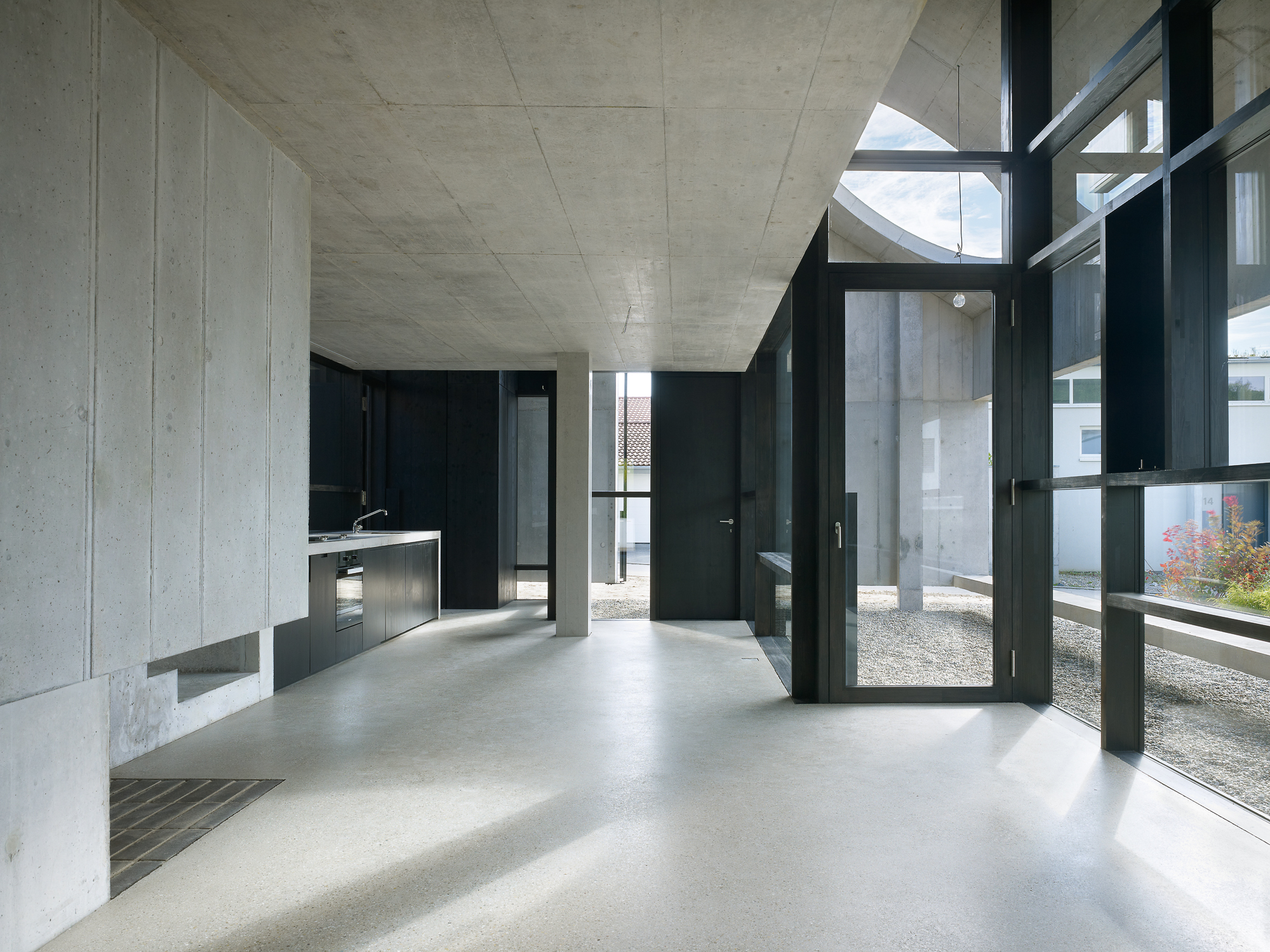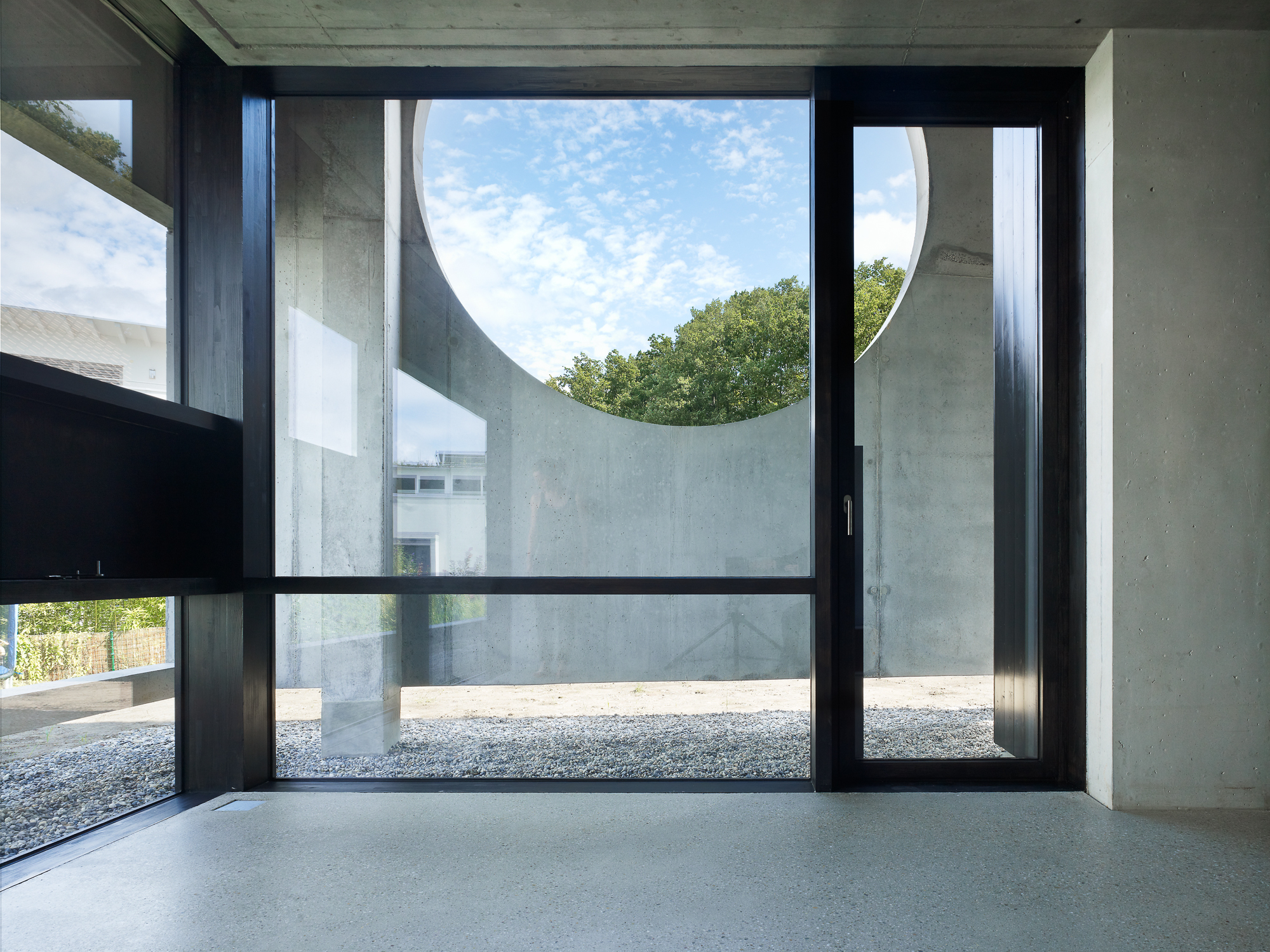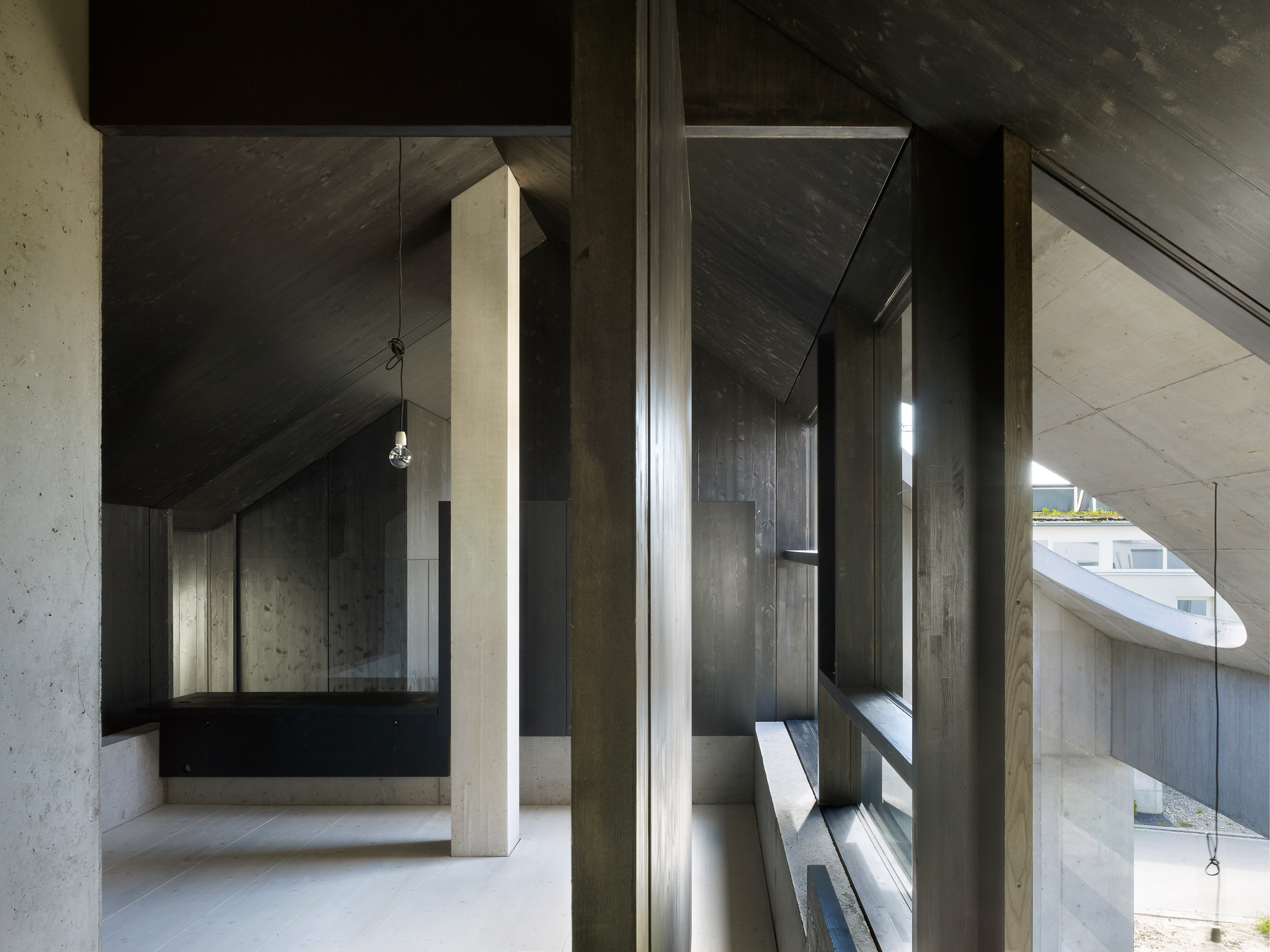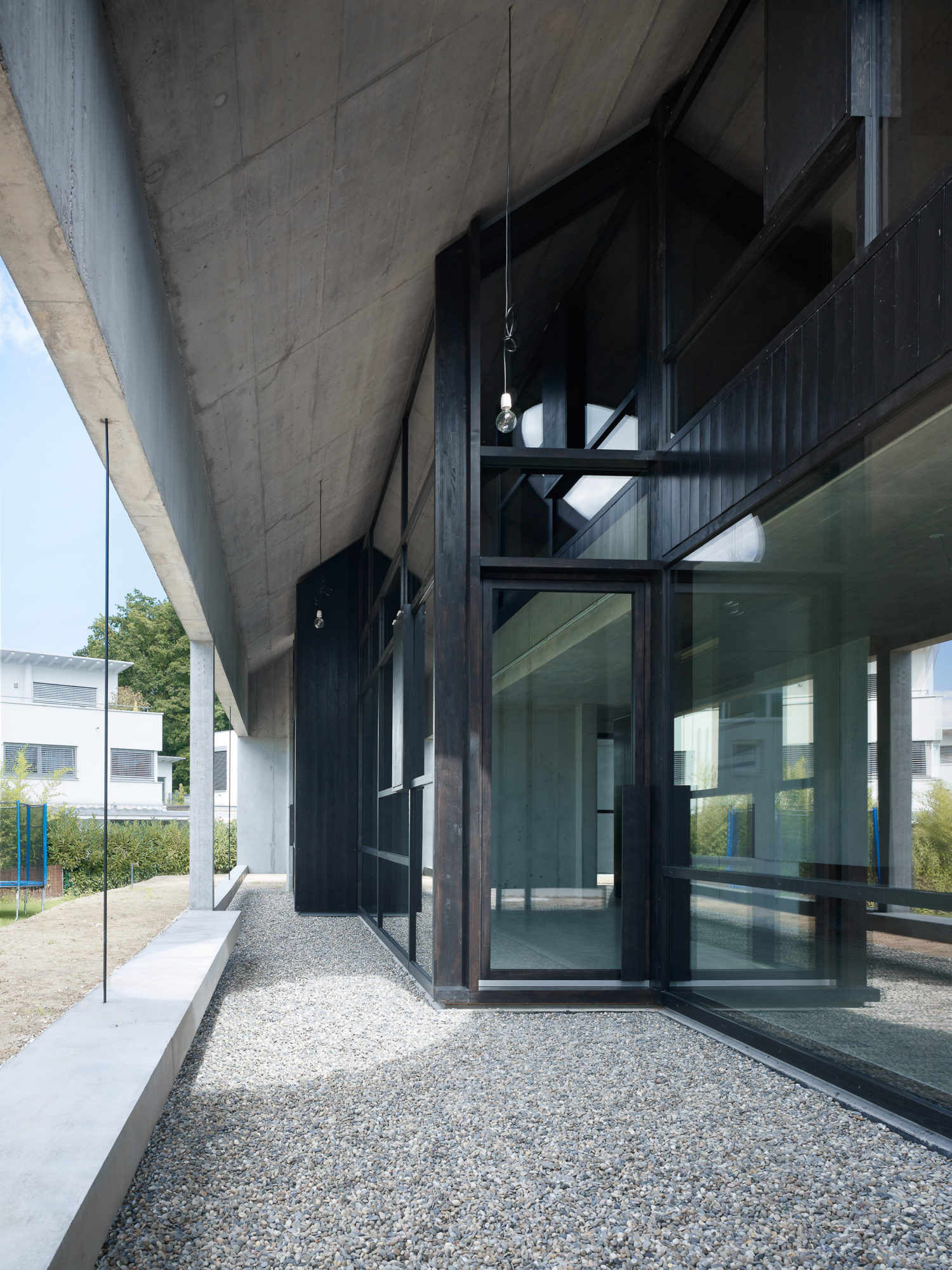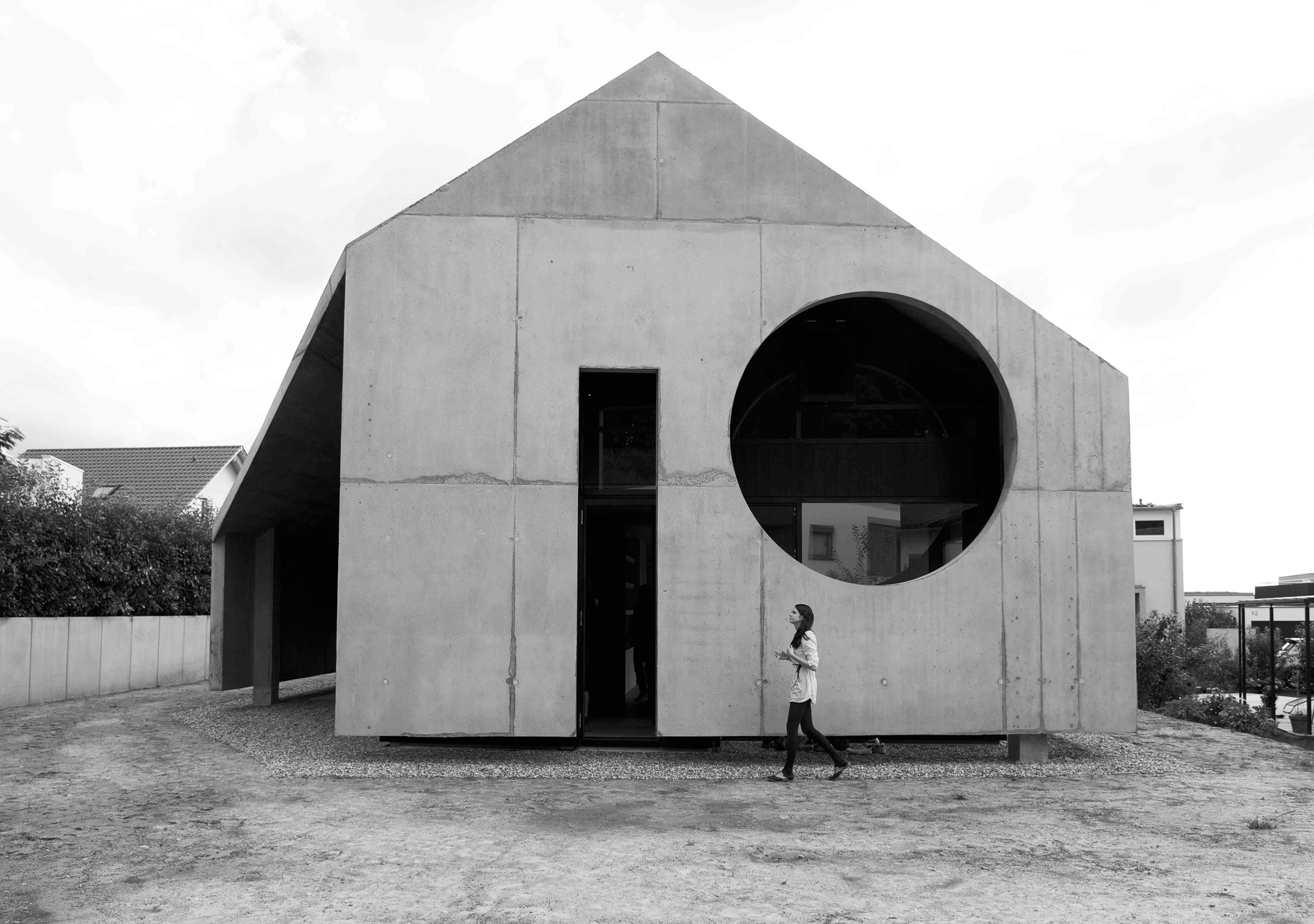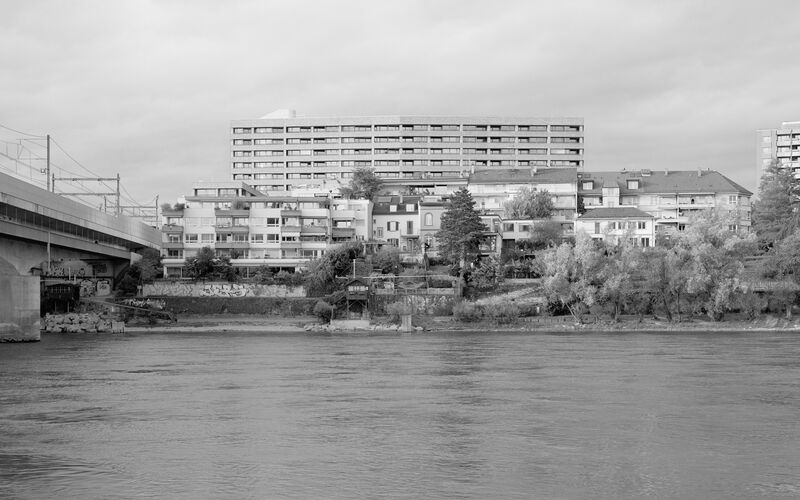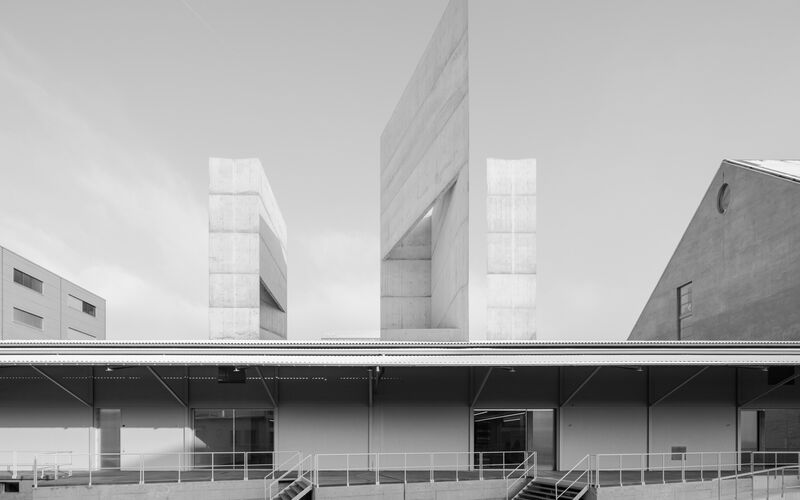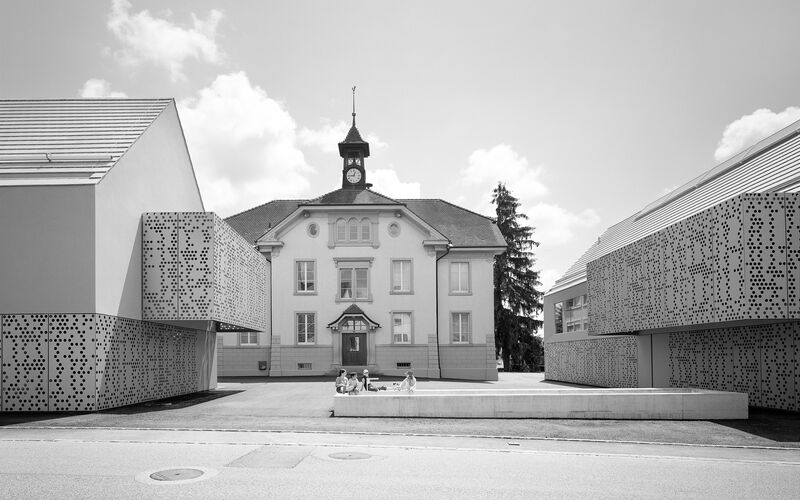The plot is located in a densely built-up area of single-family homes, which has developed over the past ten years in accordance to a strict land-use plan. Despite this constraint, the neighbourhood is relatively heterogeneous, with each house endeavouring to achieve individuality within the prescribed limits. A two-storey house with a footprint of about 100 m² is required to meet the needs of a young family.
The architectural design is dominated by a concrete casing – detached from the ground except for a few bearing points – spanning a hall-like space. The casing encloses a wooden structure separating interior from exterior space. This differentiation gives rise to distinctive areas between the envelope and core. These spatial extensions of the interior spaces are used as places to sit in or as a garage. The “buffer zones” between the house and its neighbourhood create an additional sense of intimacy. Cut-outs in the envelope and large circular holes in the concrete roof admit sufficient light and offer specifically directed views. Ground-floor access is via a narrow door in the gable wall. The elongated structure covered by a gable roof and featuring generous, multipartite glass areas is divided into two residential floors. Functional rooms such as kitchen and bathrooms are located along a building wall made of concrete. The ground floor ceiling recedes from the façade in places, creating building-height rooms connecting ground and upper floors. The master bedroom and a two-storey library are located at the rear of the house towards the garden. Access to the garden is through a door and a long narrow slit in the concrete envelope. A gallery leads to the children's rooms and the bathroom located on the upper floor. The oversized doors can be left open to create a continuous playing area. Views of the outside garden or the sky are framed by the concrete roof or cut-outs in the facade.
The concreted building casing, which ends just above the ground, is supported by four peripheral inner columns and an internal core. A precisely integrated, dark monochromatic wooden construction is fitted under the concrete envelope and around the core. Subdivision of the rooms is achieved by means of further built-in wooden structures. The gravel of the covered exterior space continues as polished concrete flooring on the ground floor. Good illumination of the interior space and the visual extensions under the casing is guaranteed by large areas of segmented glazing. The interior space can also be expanded by opening the five doors to the outside.
- Location Lörrach, Germany
- Client Private
- Planning 2012-2013
- Realization 2013-2014
- Architecture Buchner Bründler Architekten
- Building engineering Kevin M. Rahner
- Partners Daniel Buchner, Andreas Bründler
- Project lead Norma Tollmann
- Staff realization Fabian Meury
- Photography Ruedi Walti, Buchner Bründler
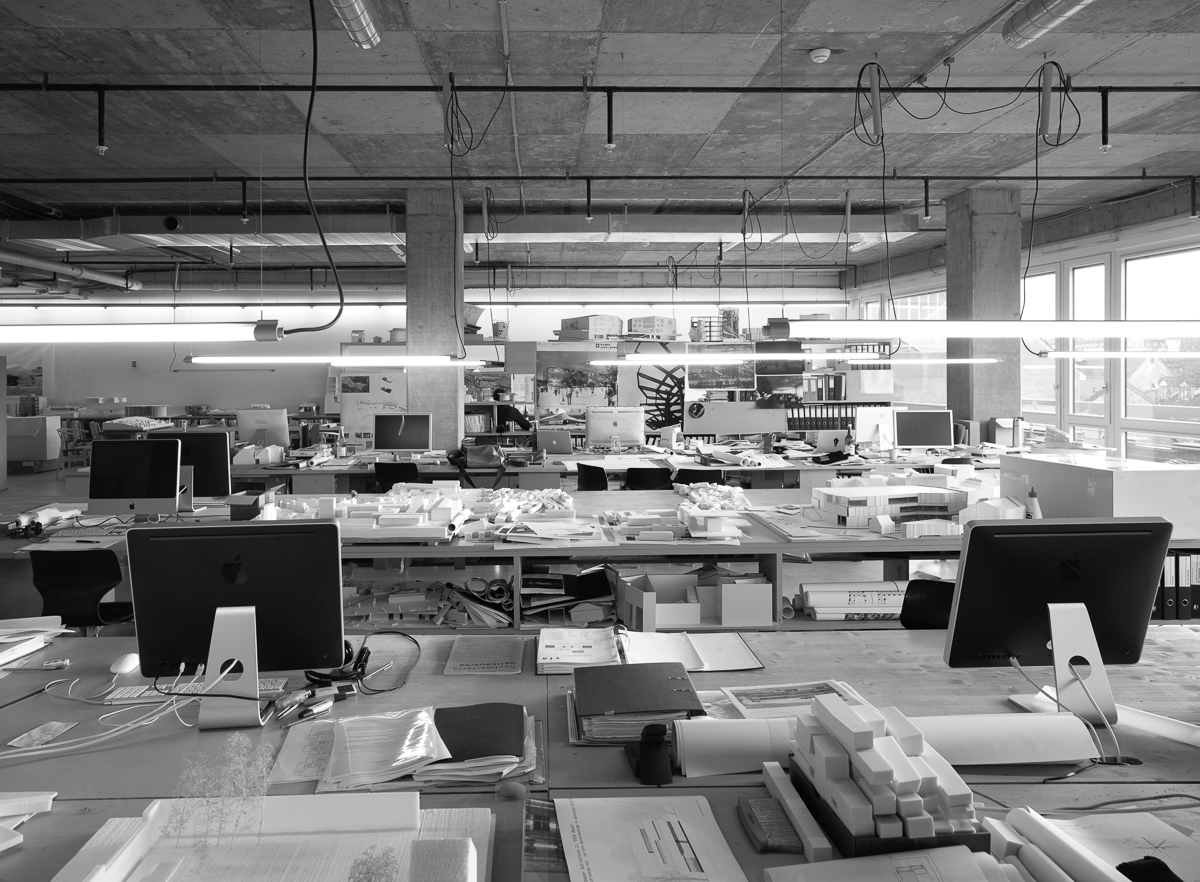


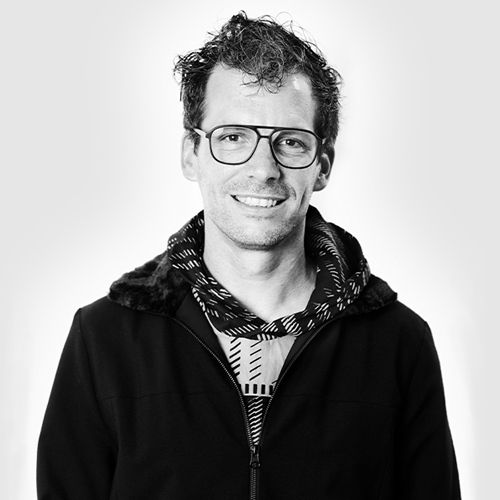



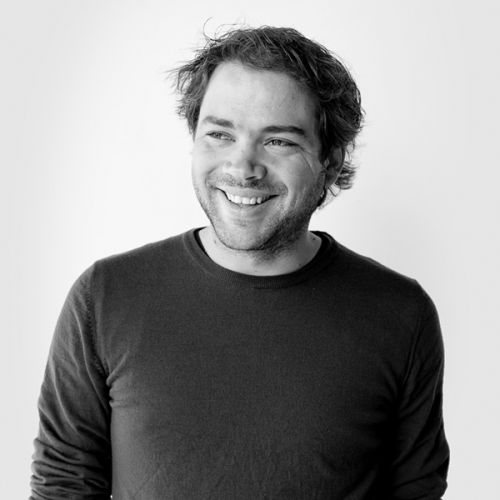

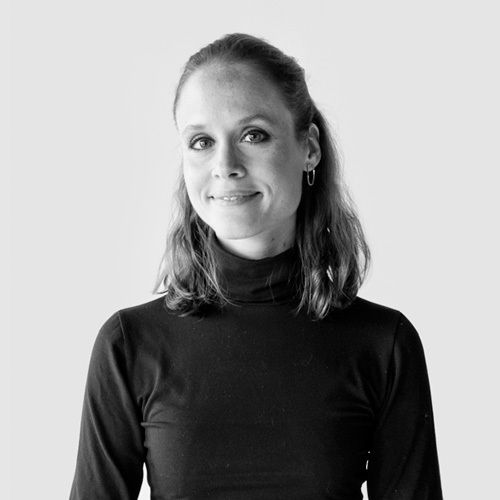

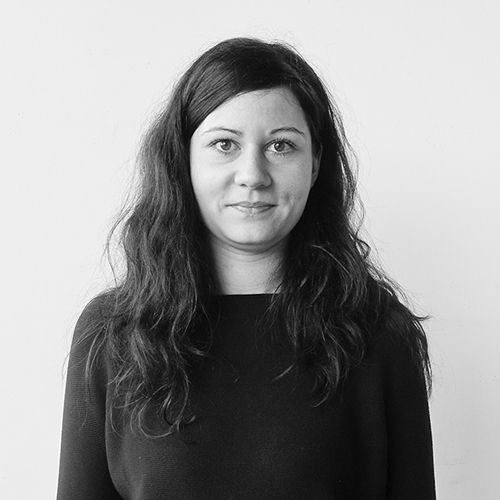
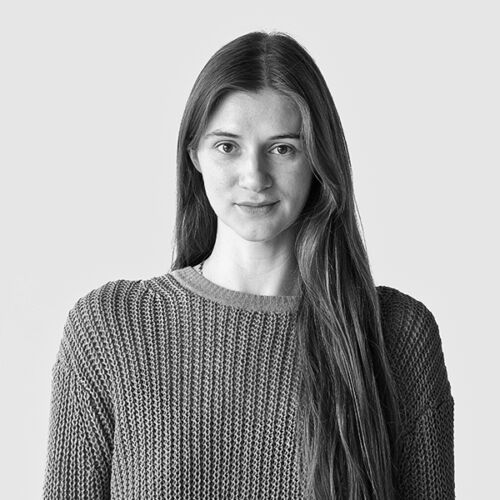
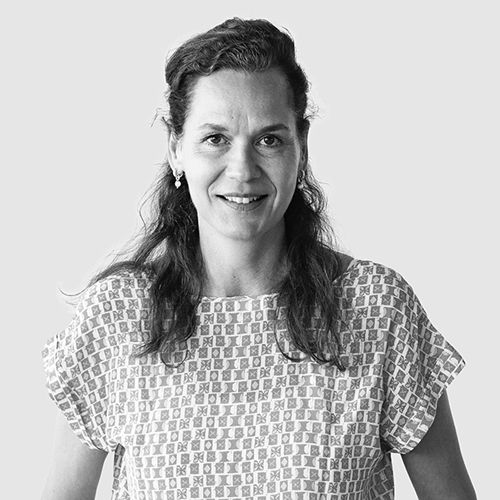


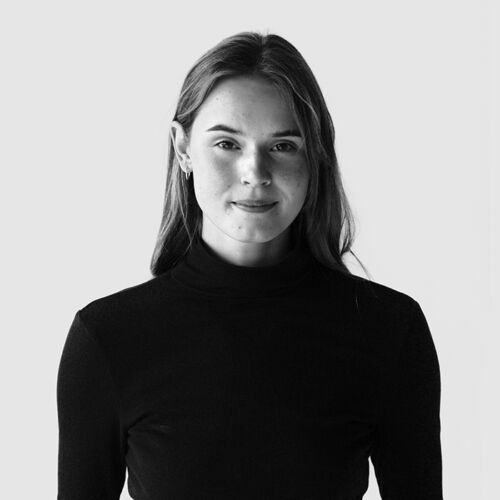










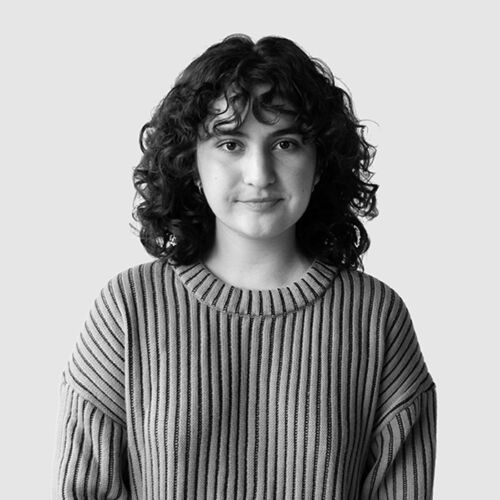


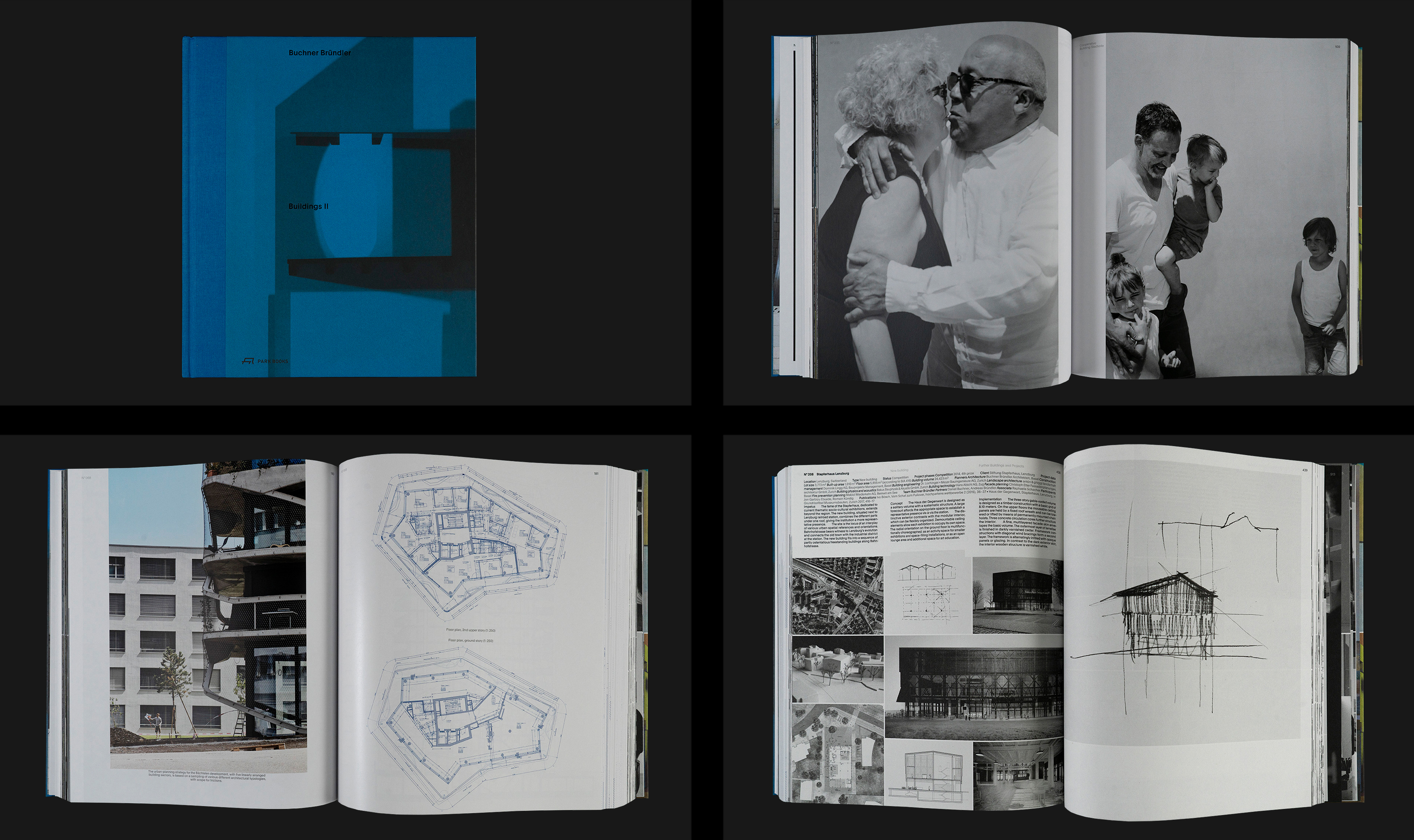


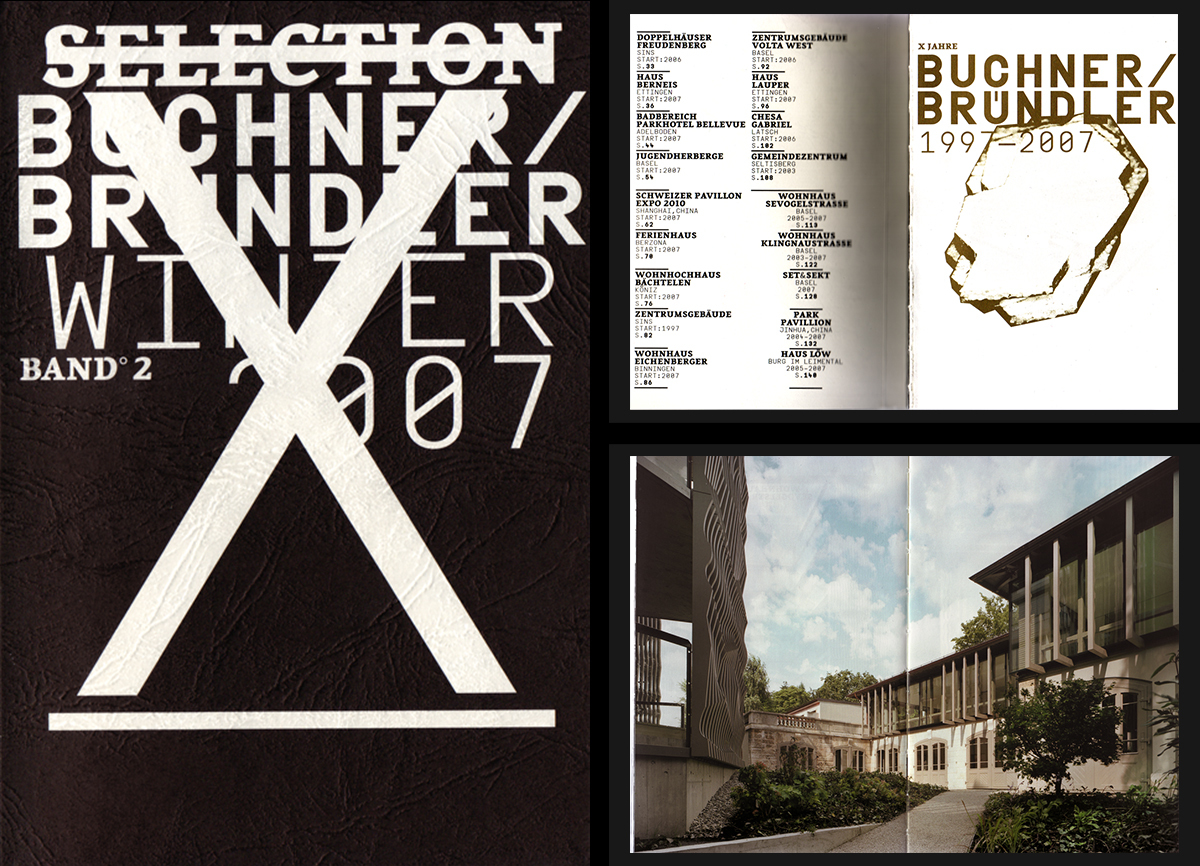

 New Port Headquarters Basel
New Port Headquarters Basel New administration building Kreuzboden, Liestal
New administration building Kreuzboden, Liestal Kunsthaus Baselland
Kunsthaus Baselland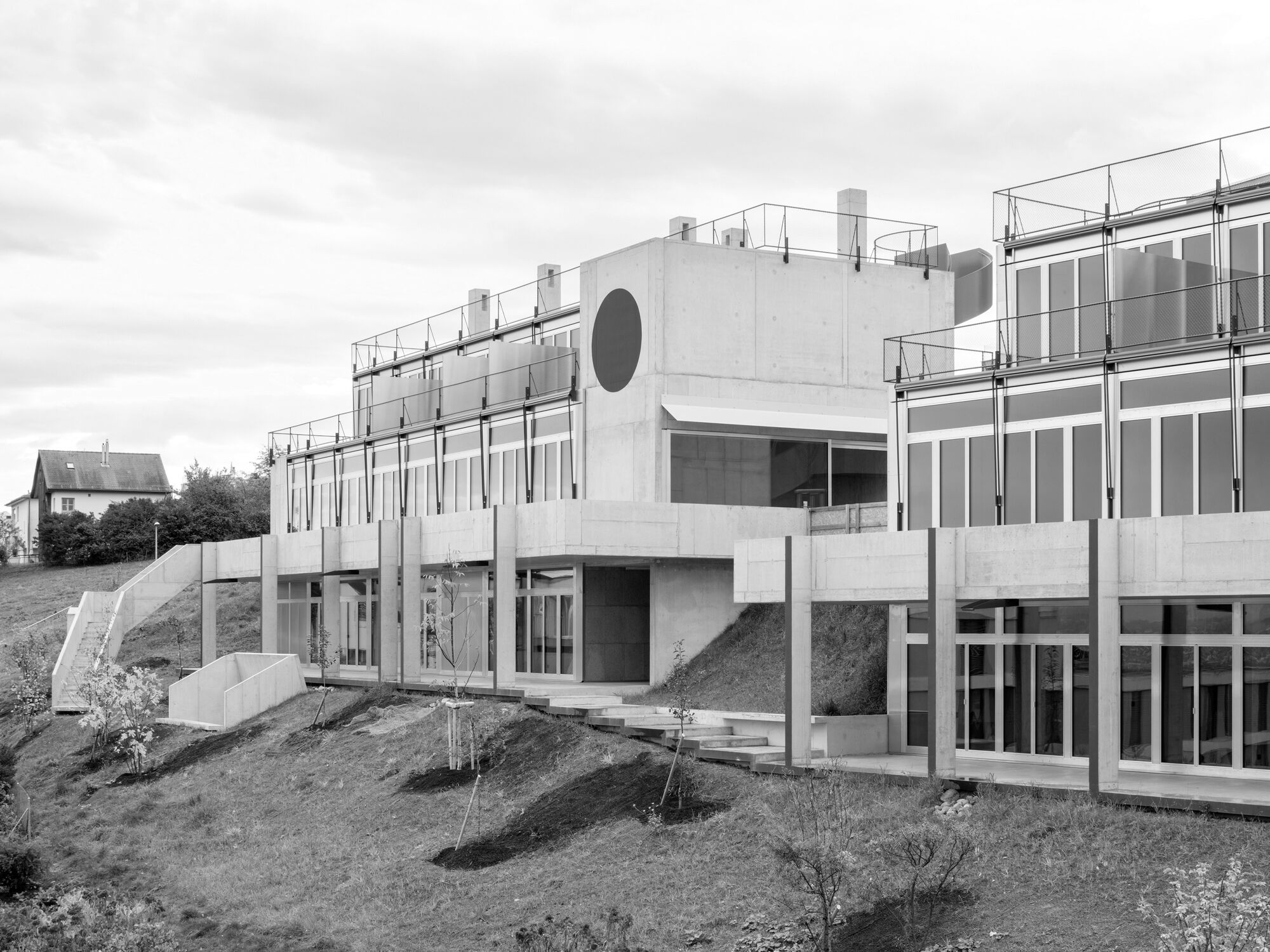 Housing Development Rötiboden
Housing Development Rötiboden Residential Development Eisenbahnweg
Residential Development Eisenbahnweg Service Building Bahnhofplatz
Service Building Bahnhofplatz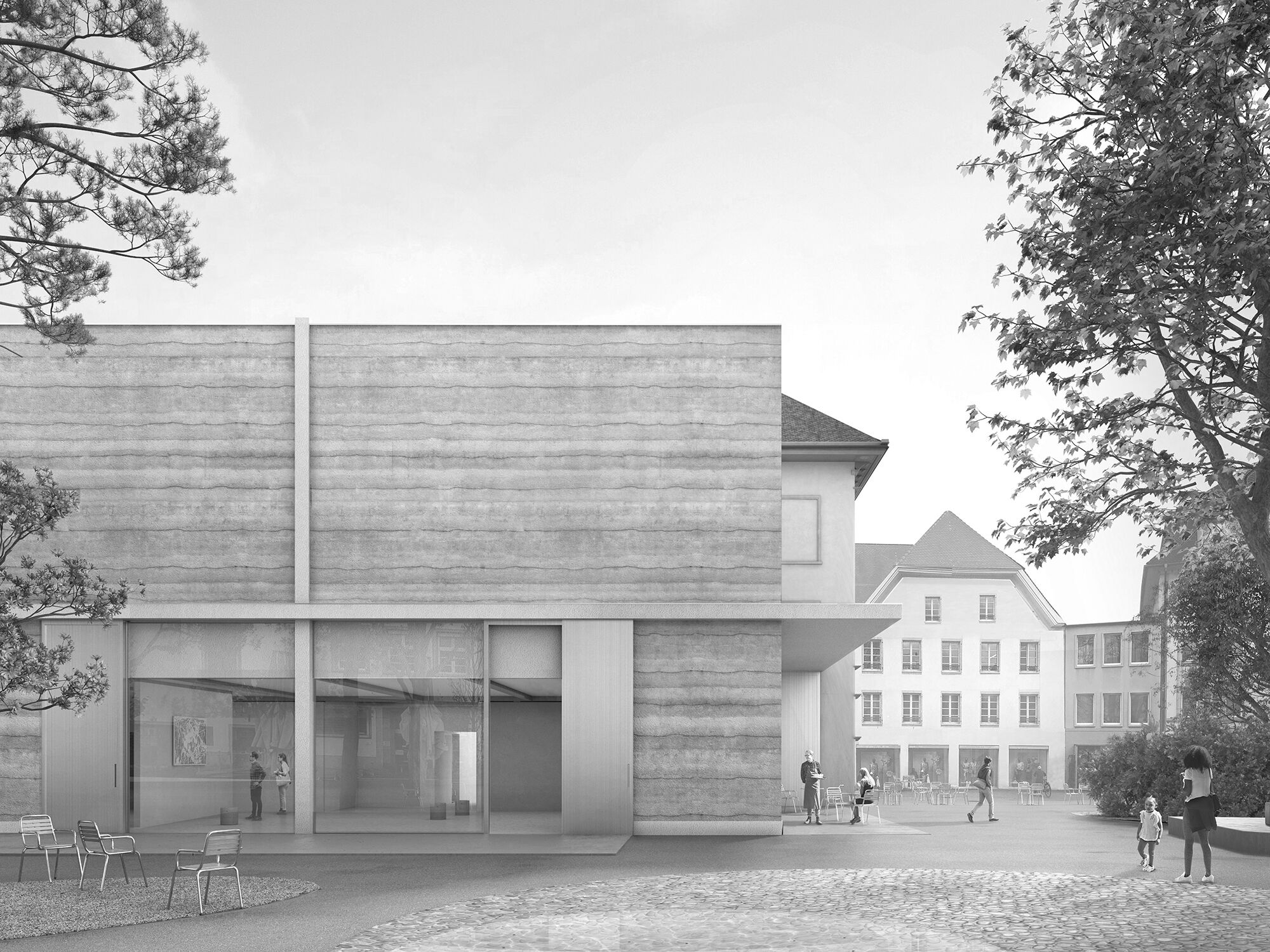 Kunstmuseum Olten
Kunstmuseum Olten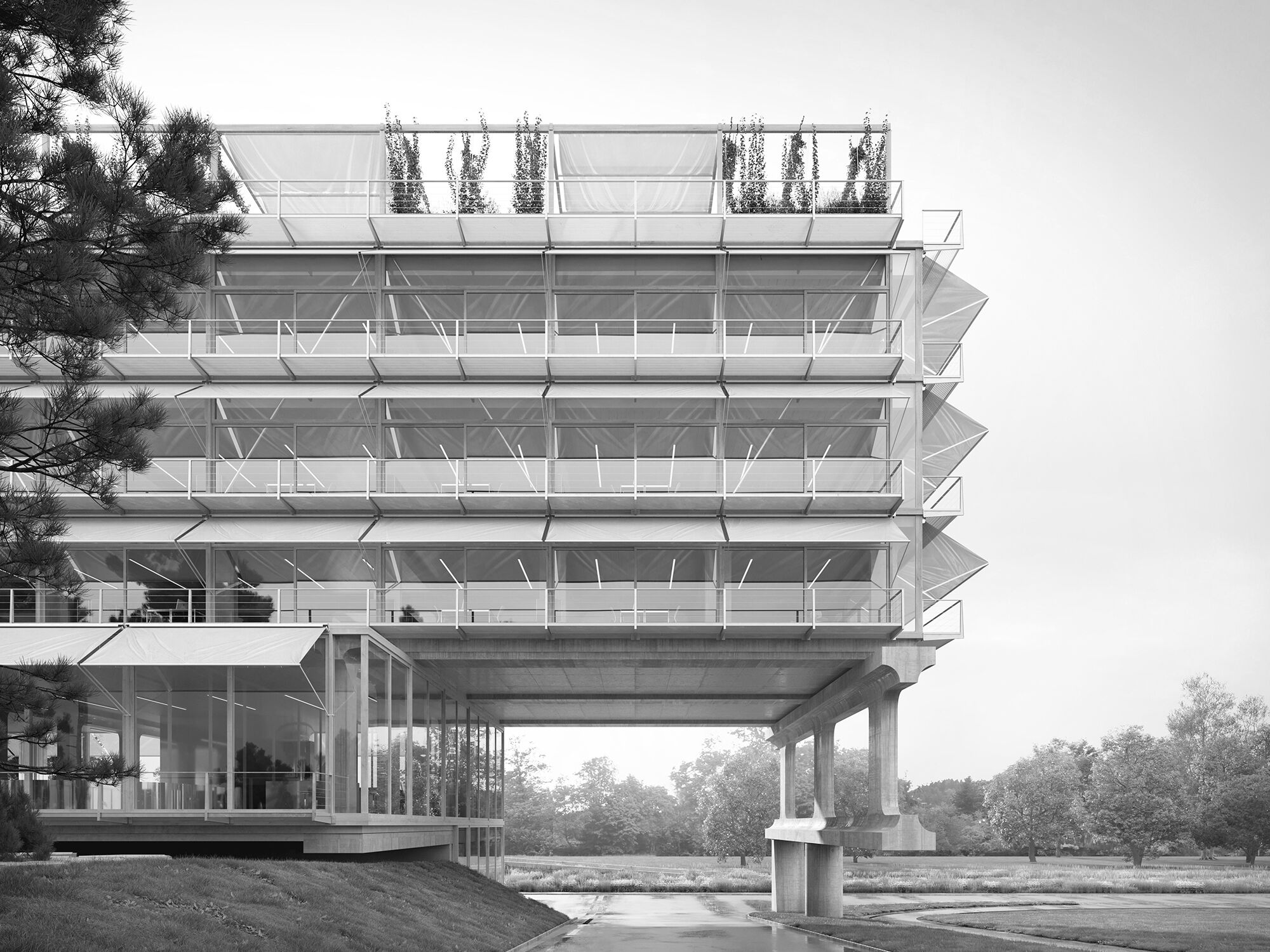 HIC ETH Zurich
HIC ETH Zurich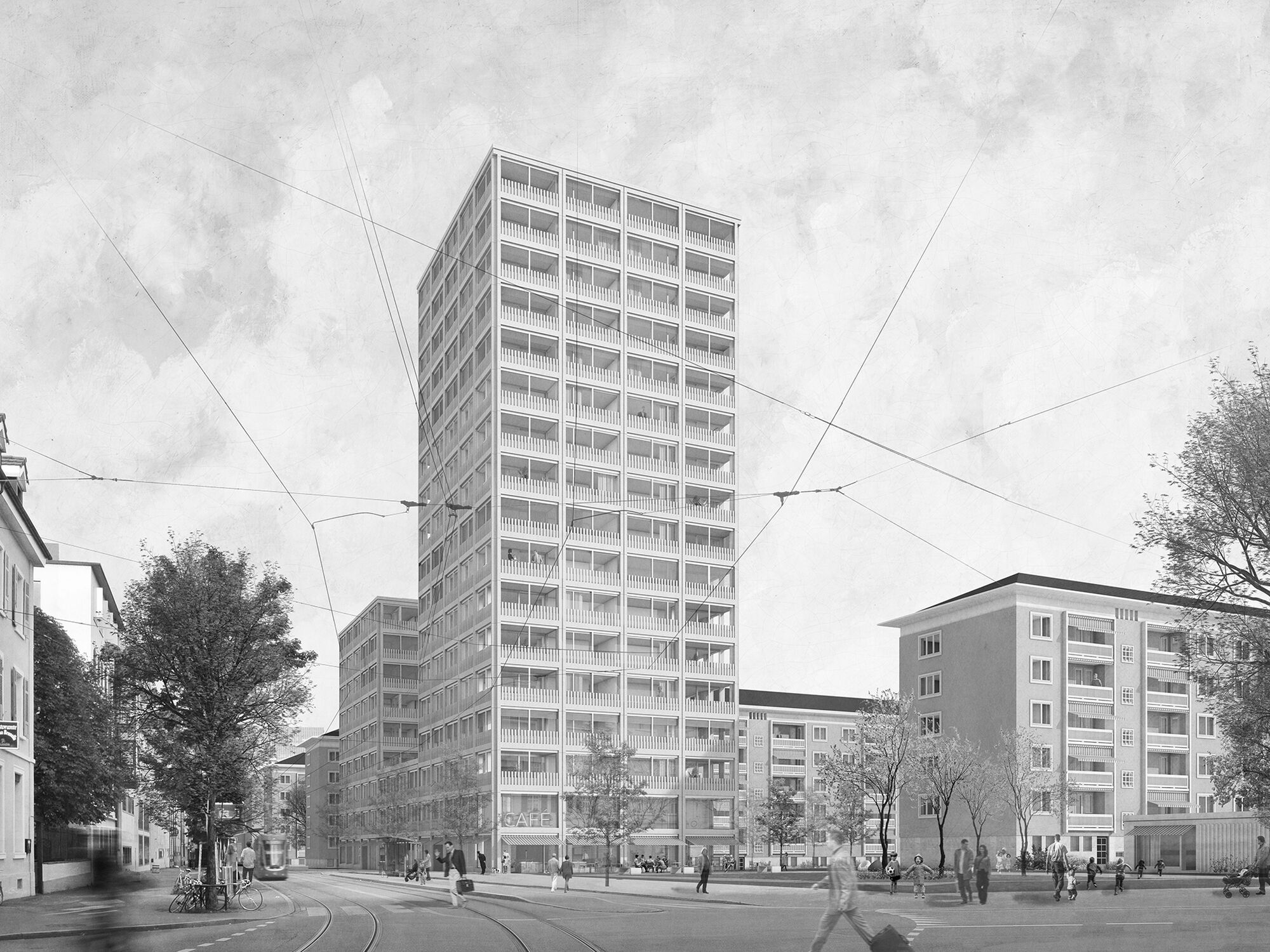 Horburg residential development Basel
Horburg residential development Basel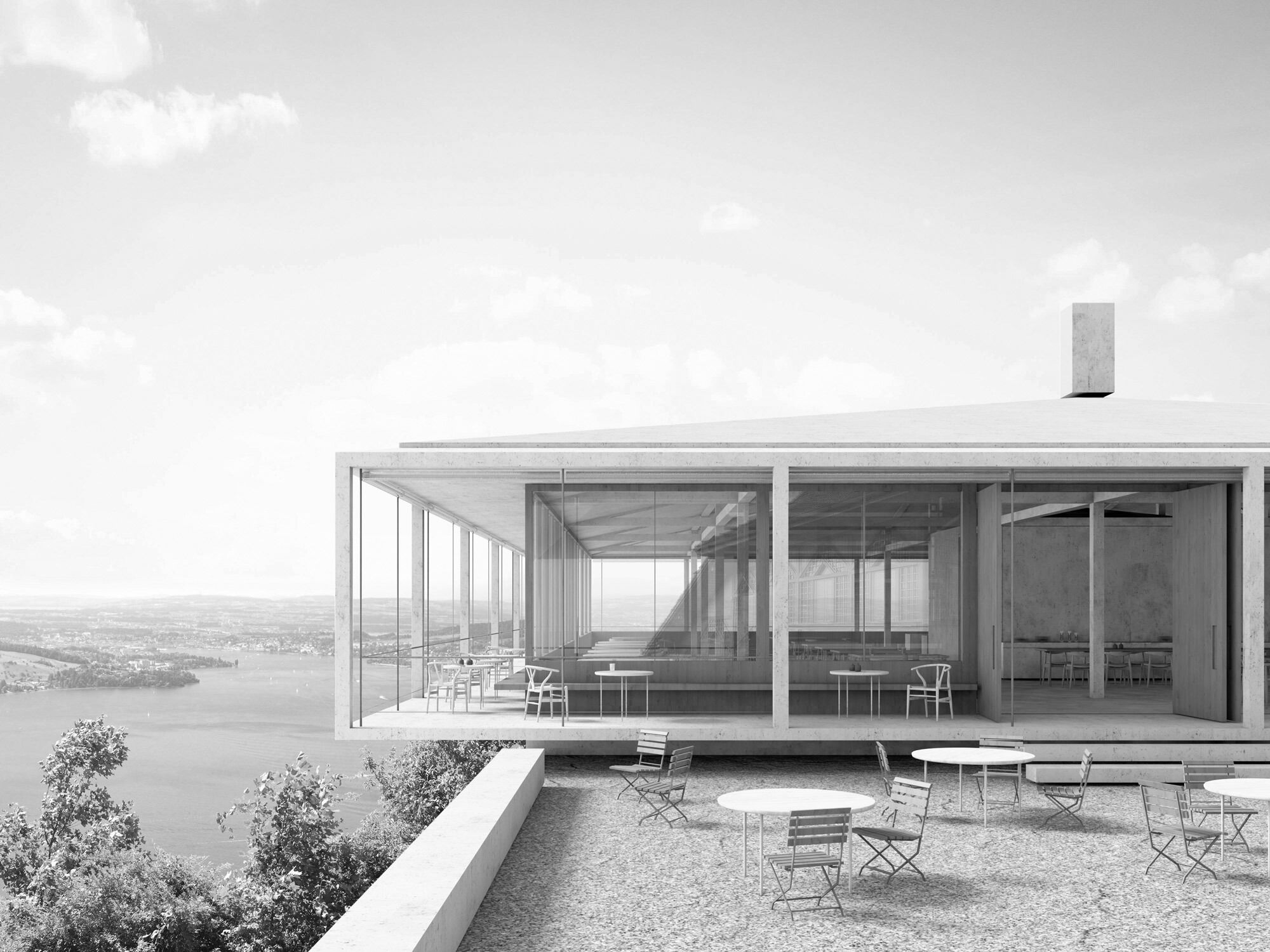 Fürigenareal
Fürigenareal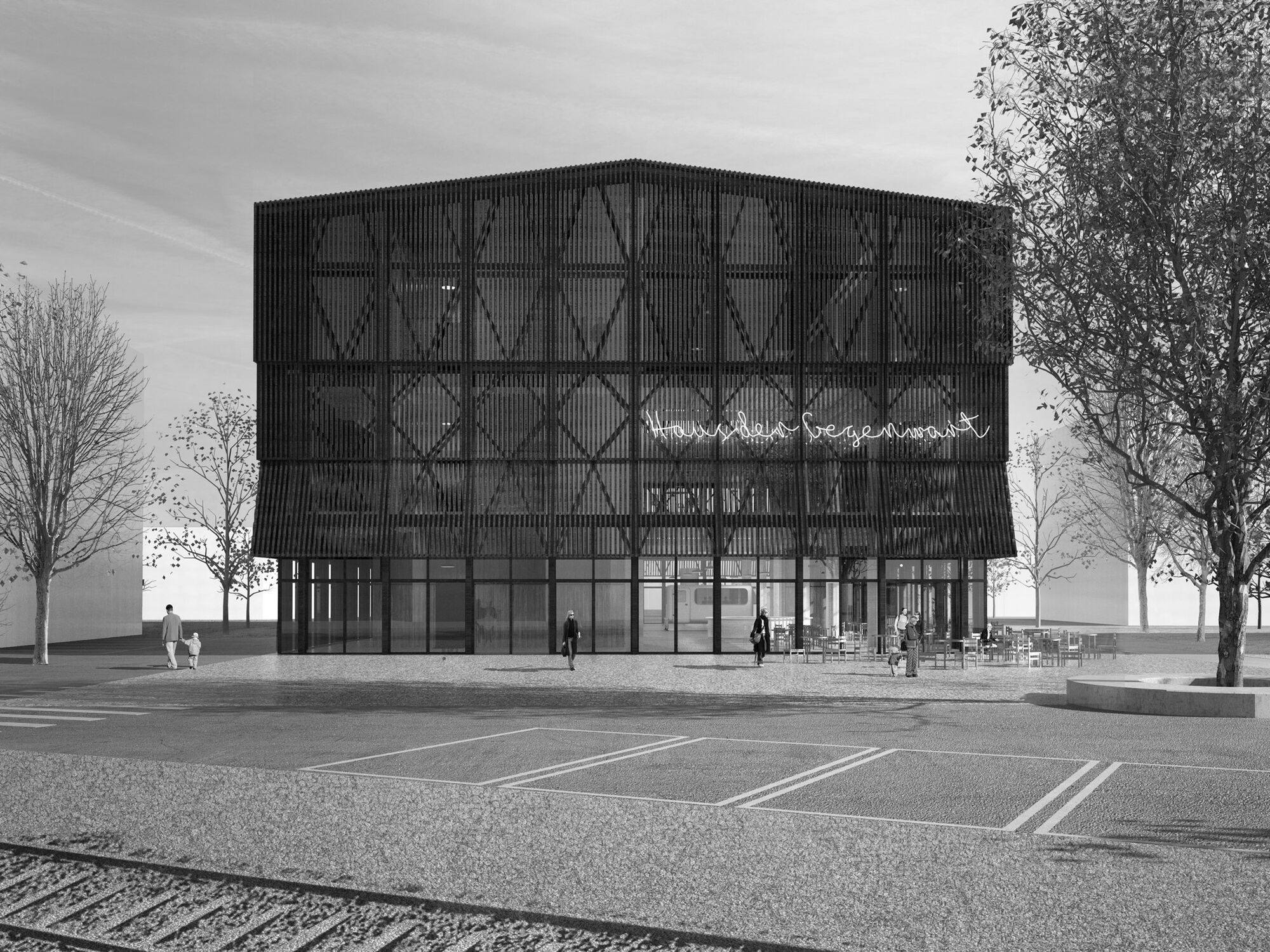 Stapferhaus Lenzburg
Stapferhaus Lenzburg Missionsstrasse House
Missionsstrasse House Allschwil House
Allschwil House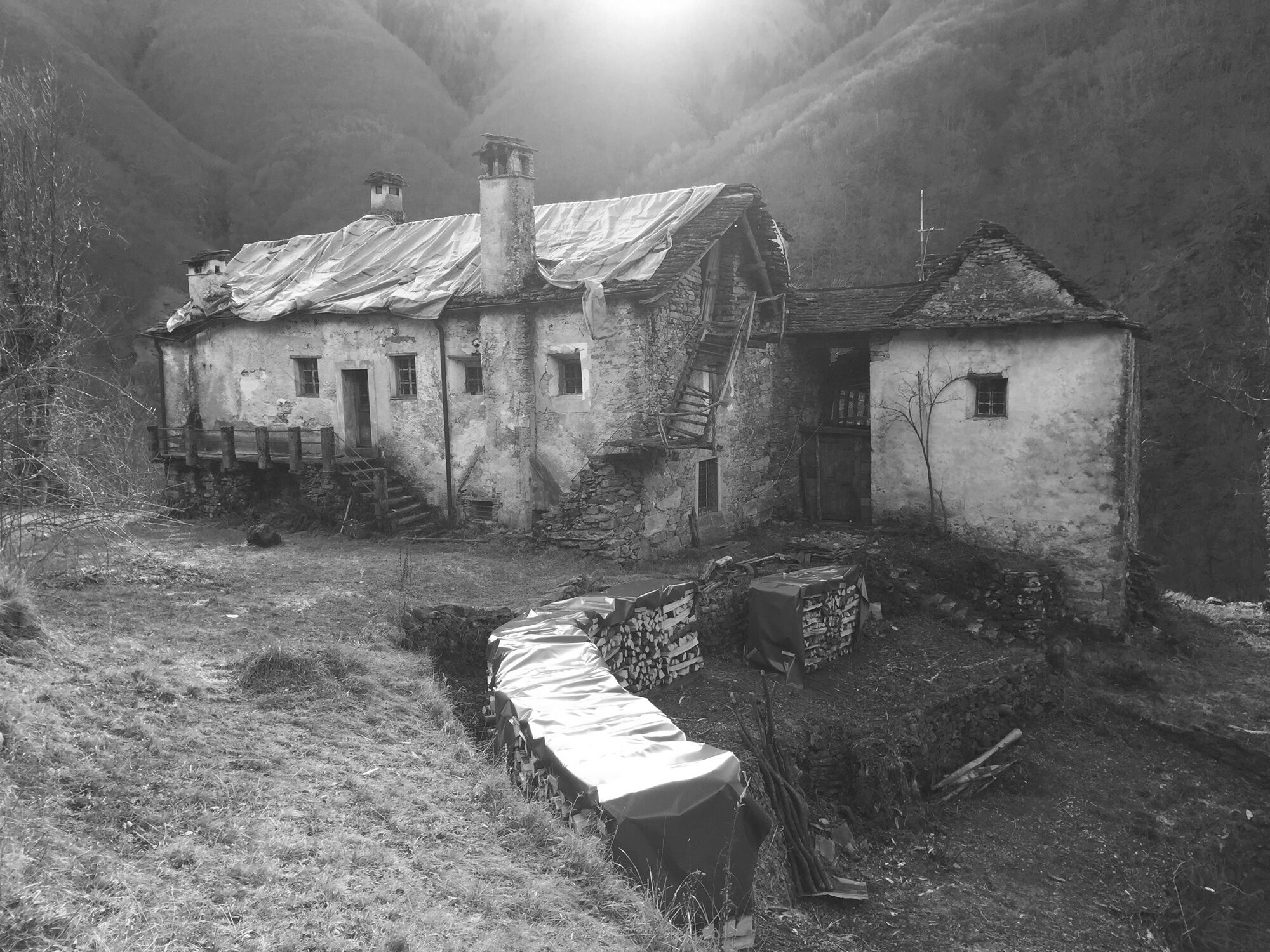 Casa Mosogno
Casa Mosogno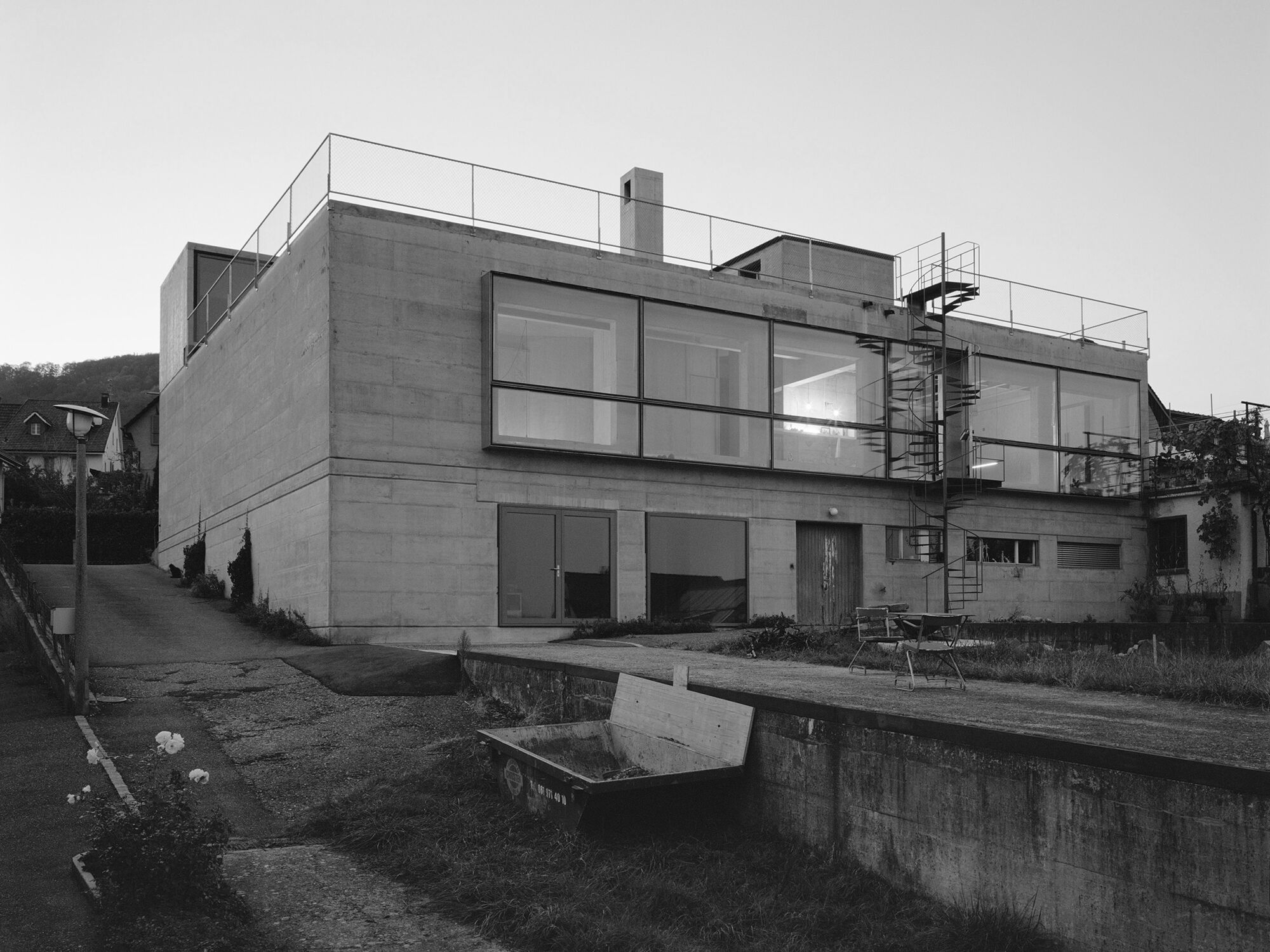 Cherry Storehouse Nuglar
Cherry Storehouse Nuglar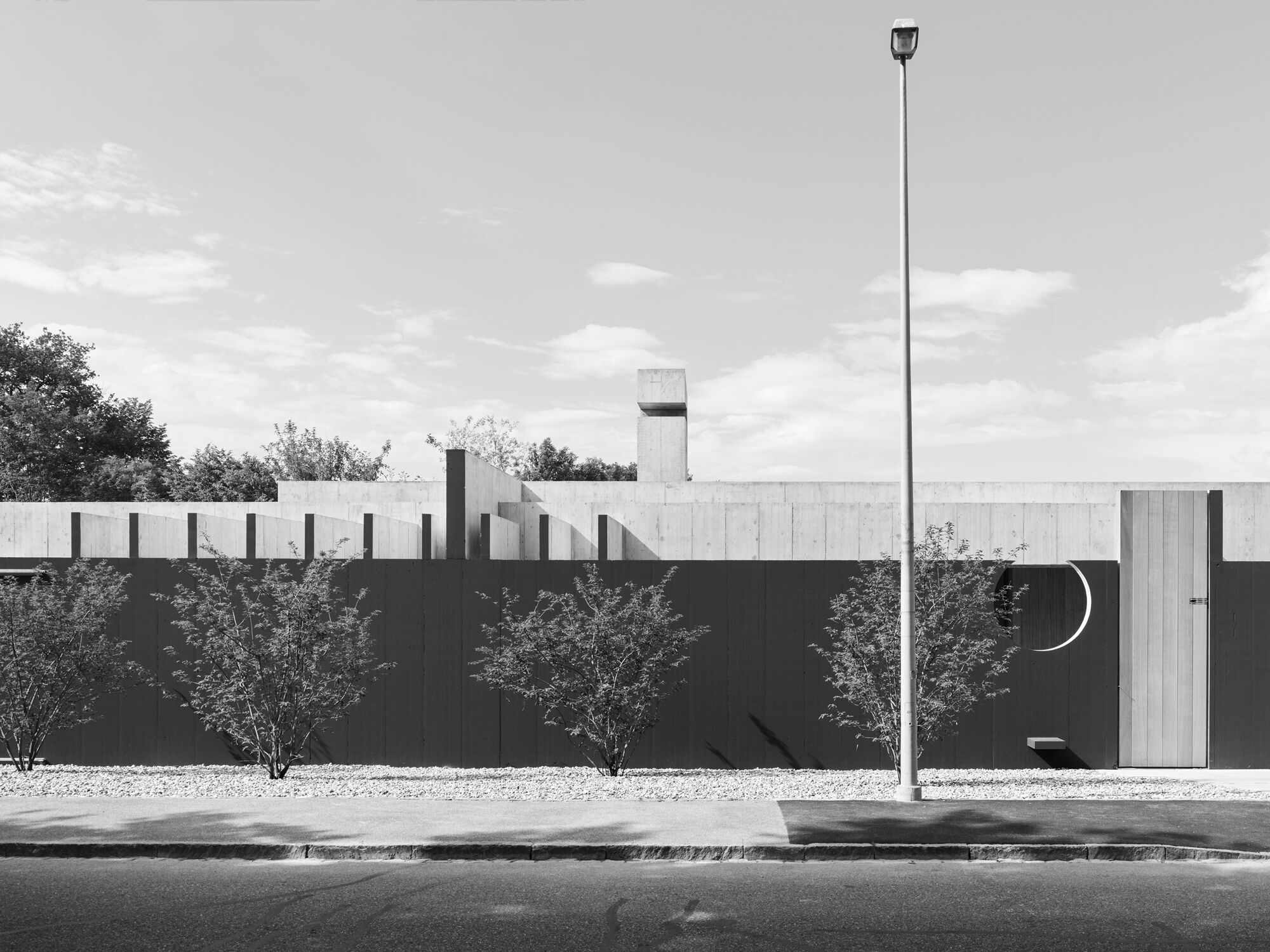 Kirschgarten House
Kirschgarten House Accademia di Architettura
Accademia di Architettura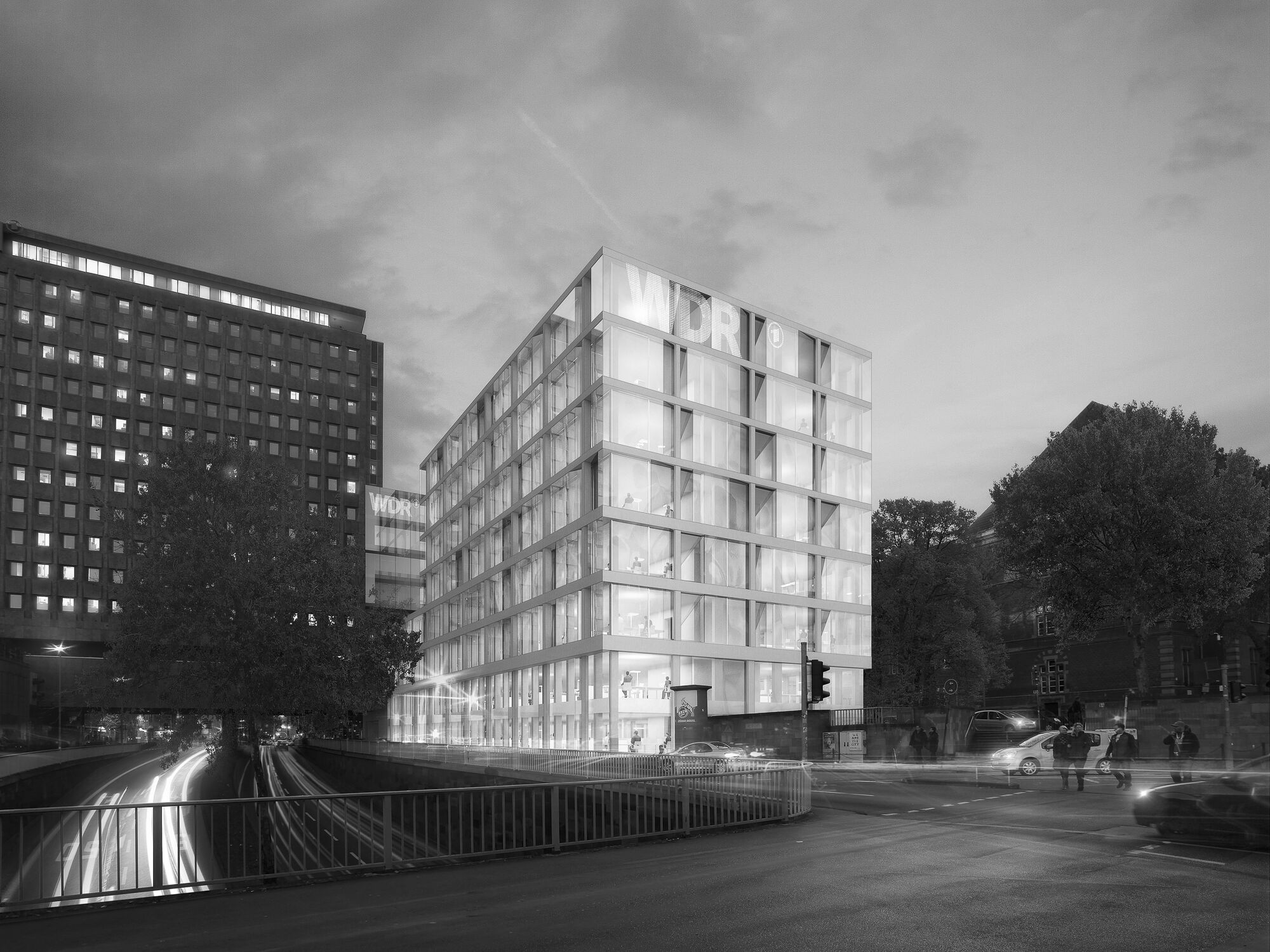 WDR-Filmhaus
WDR-Filmhaus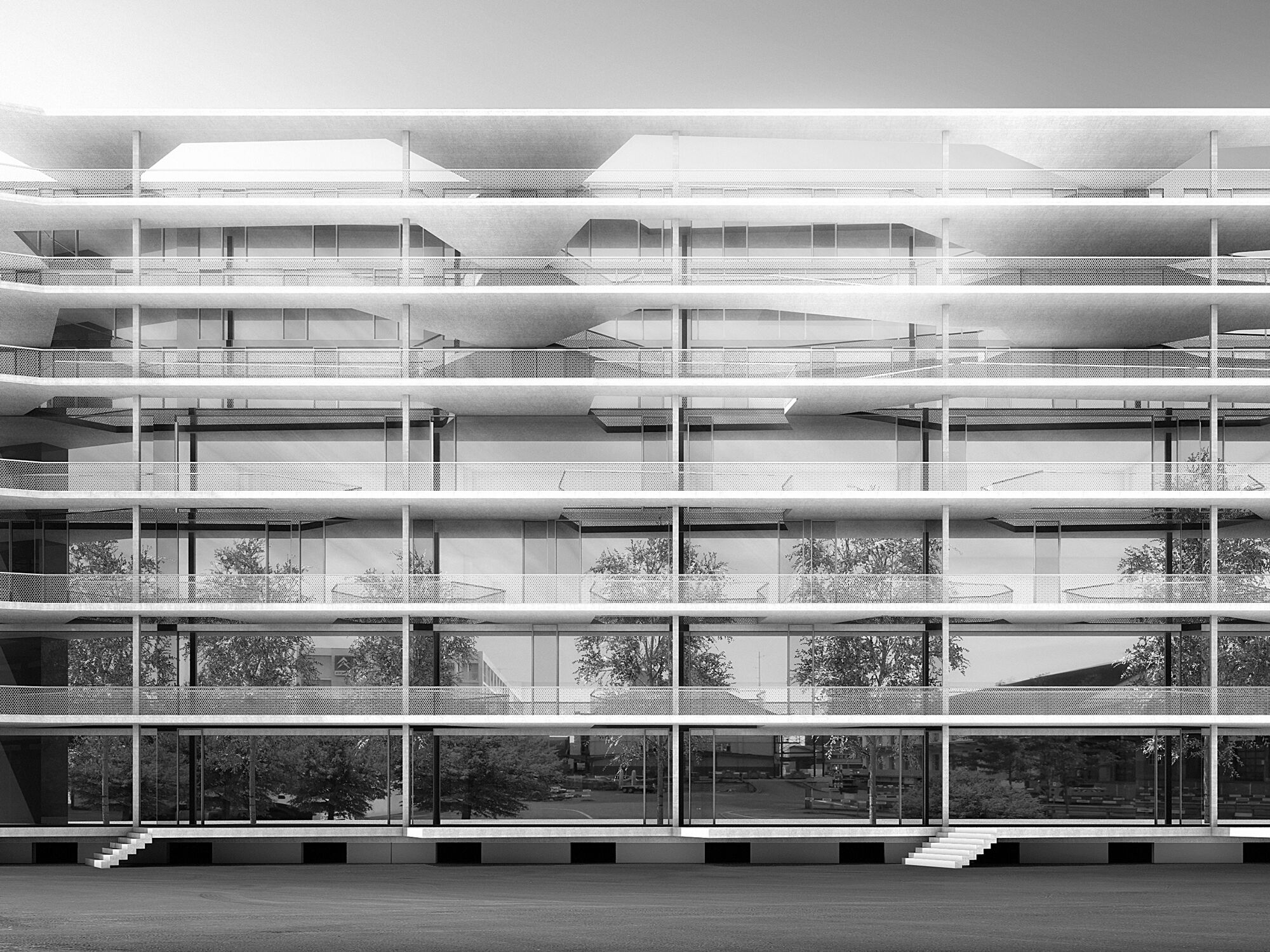 Transitlager Münchenstein
Transitlager Münchenstein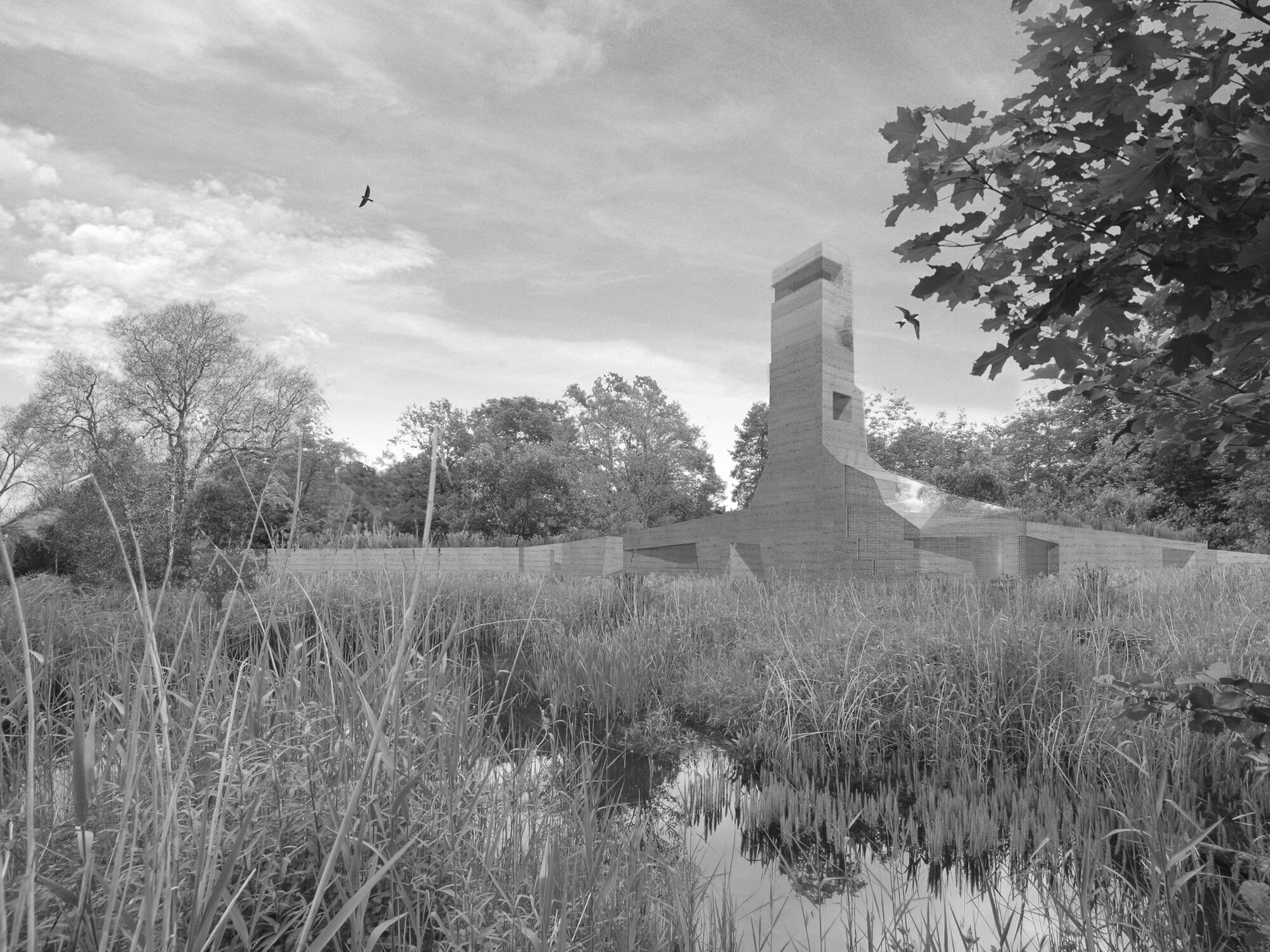 Ornithological Centre Sempach
Ornithological Centre Sempach Kunsthaus Zürich
Kunsthaus Zürich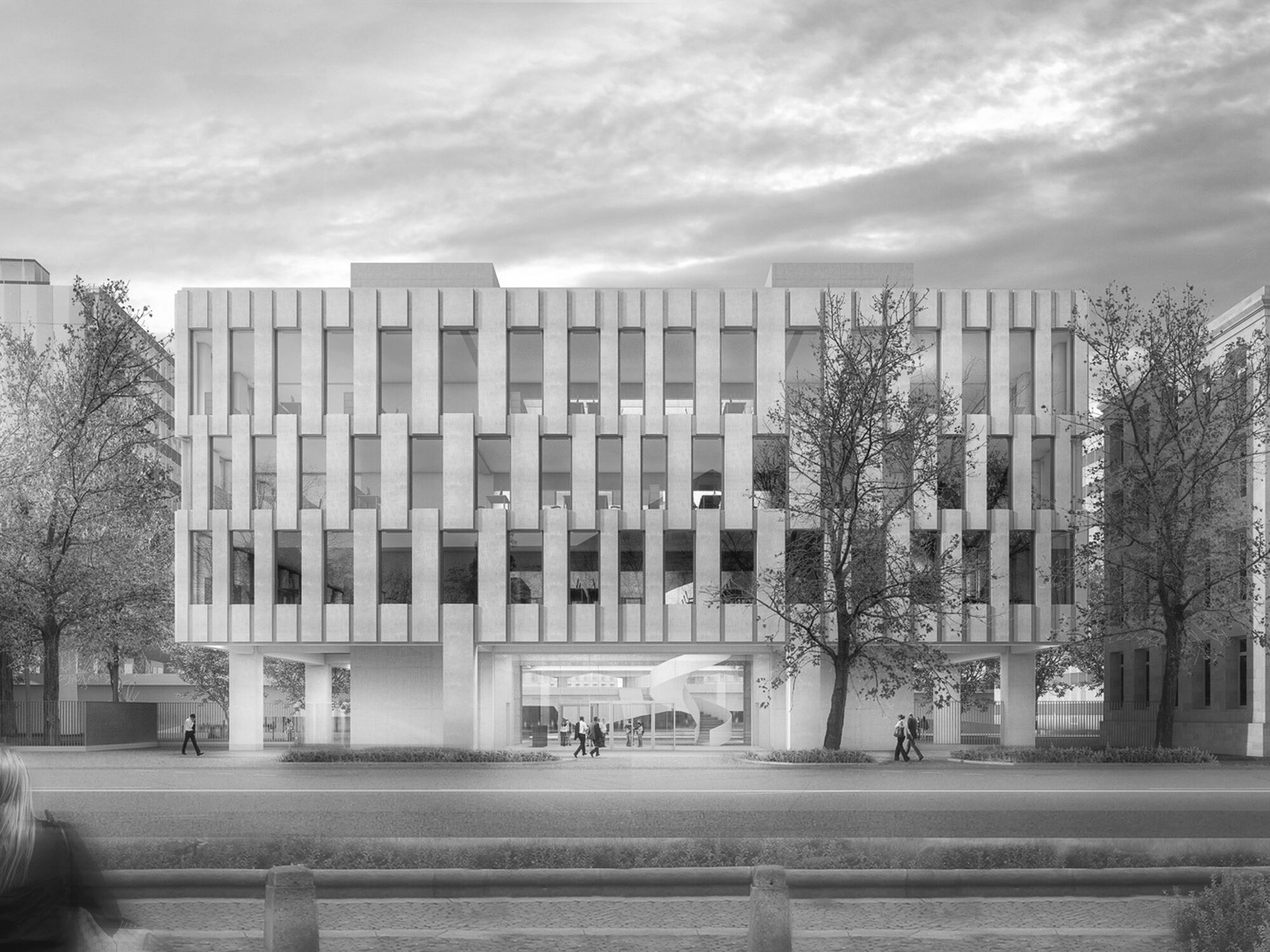 Syngenta Headquarters
Syngenta Headquarters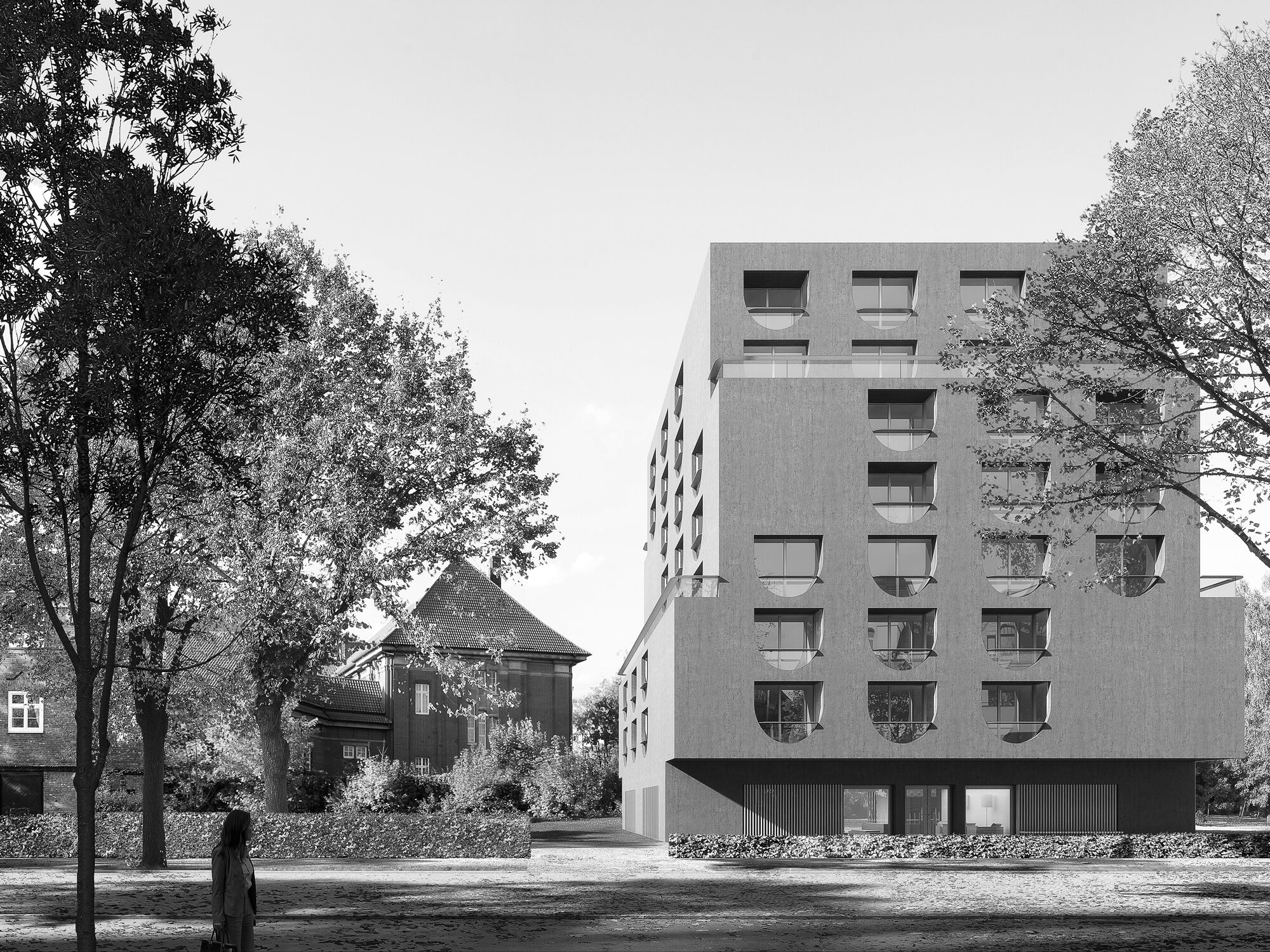 University Guest House Hamburg
University Guest House Hamburg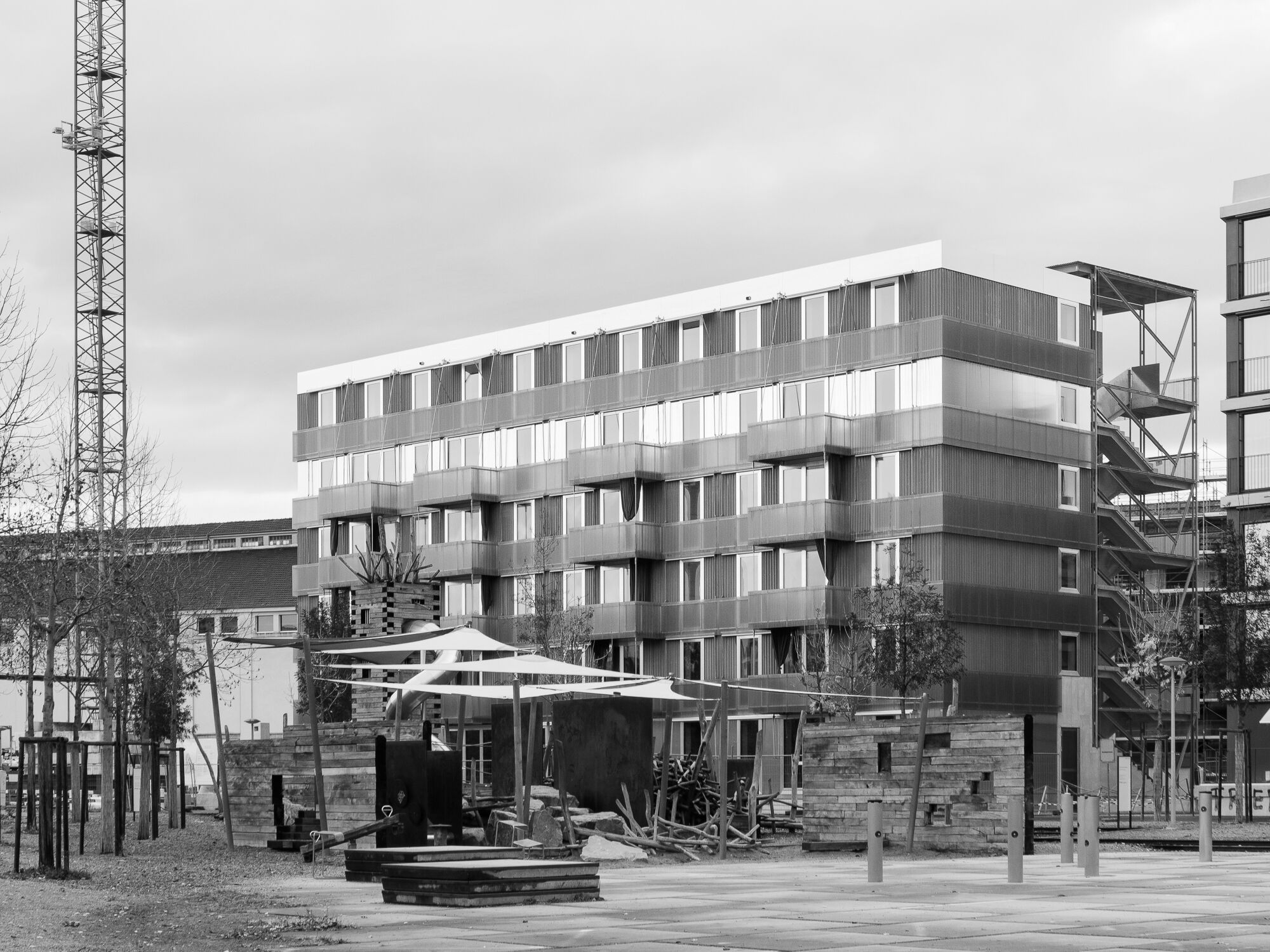 Cooperative Building Stadterle
Cooperative Building Stadterle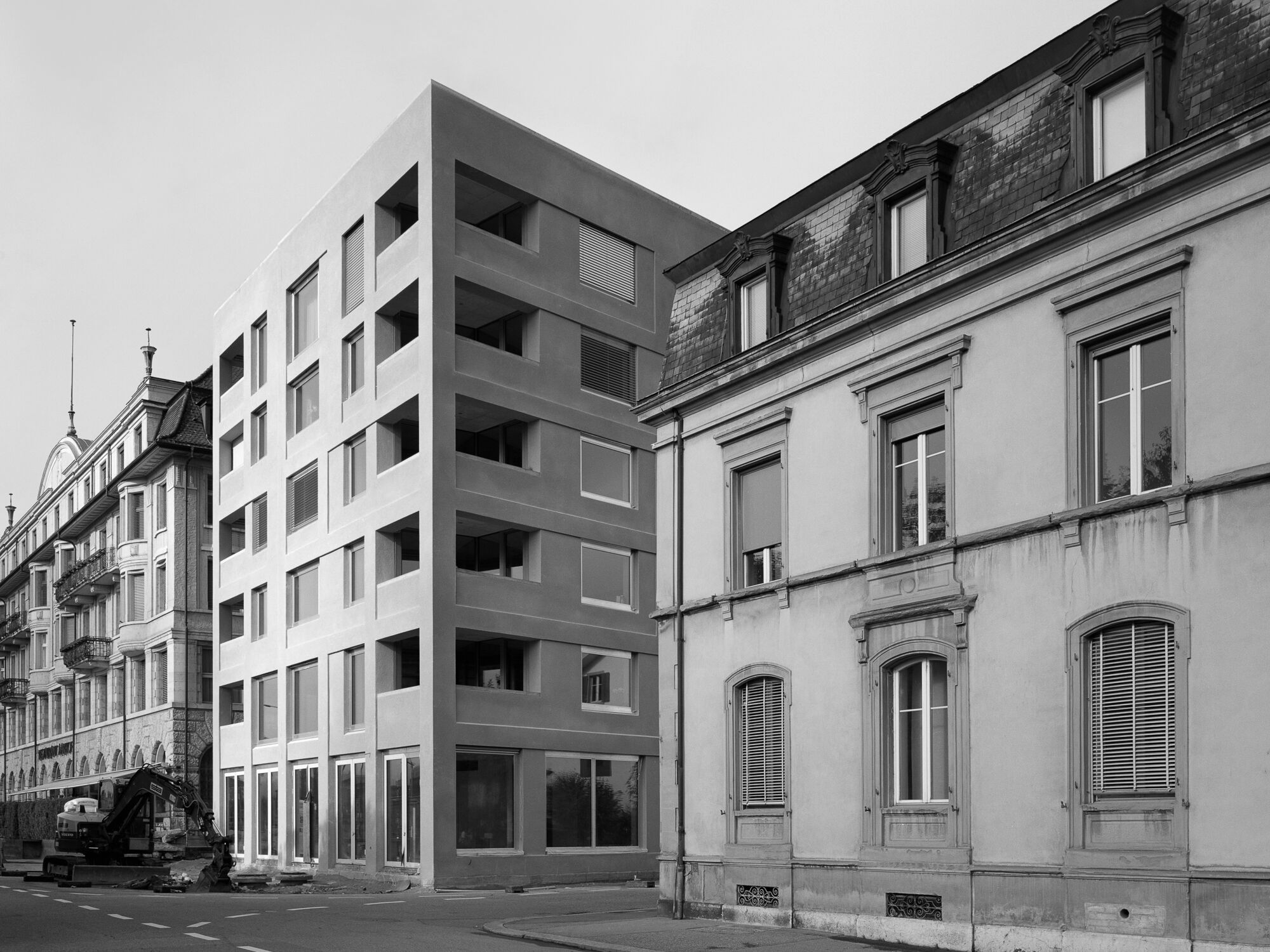 Residential Building Amthausquai
Residential Building Amthausquai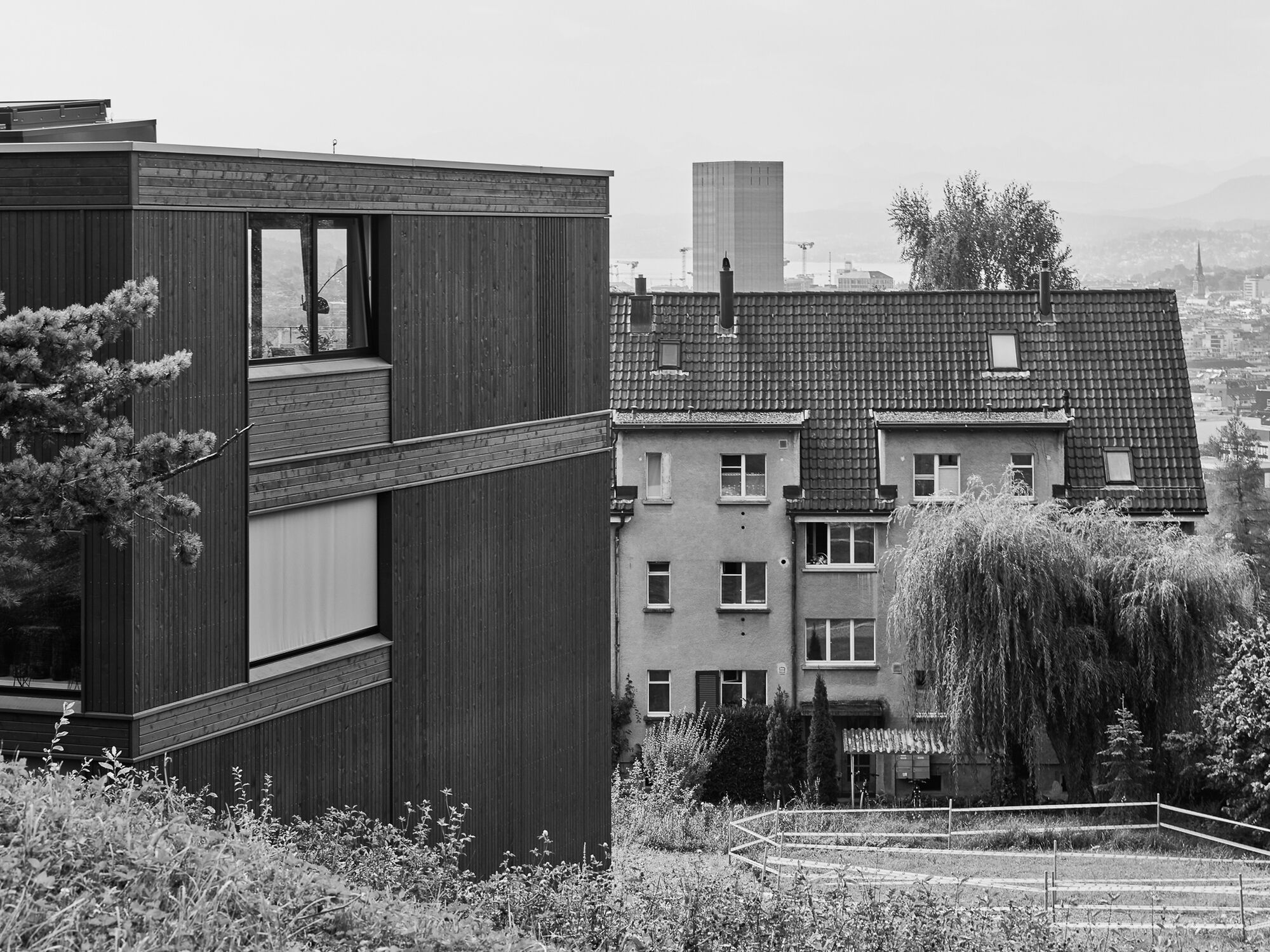 Residential Housing Tièchestrasse
Residential Housing Tièchestrasse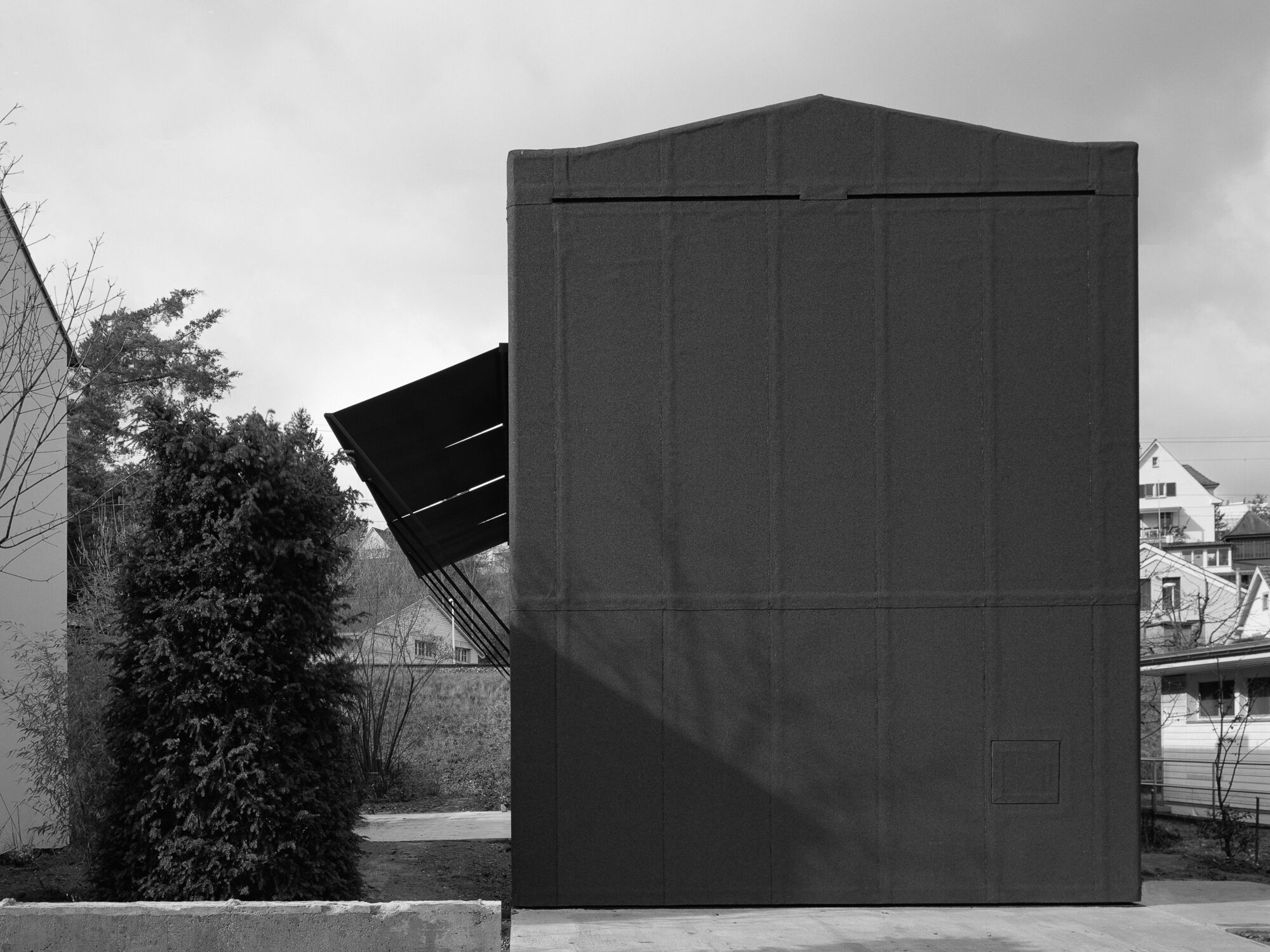 Münchenstein House
Münchenstein House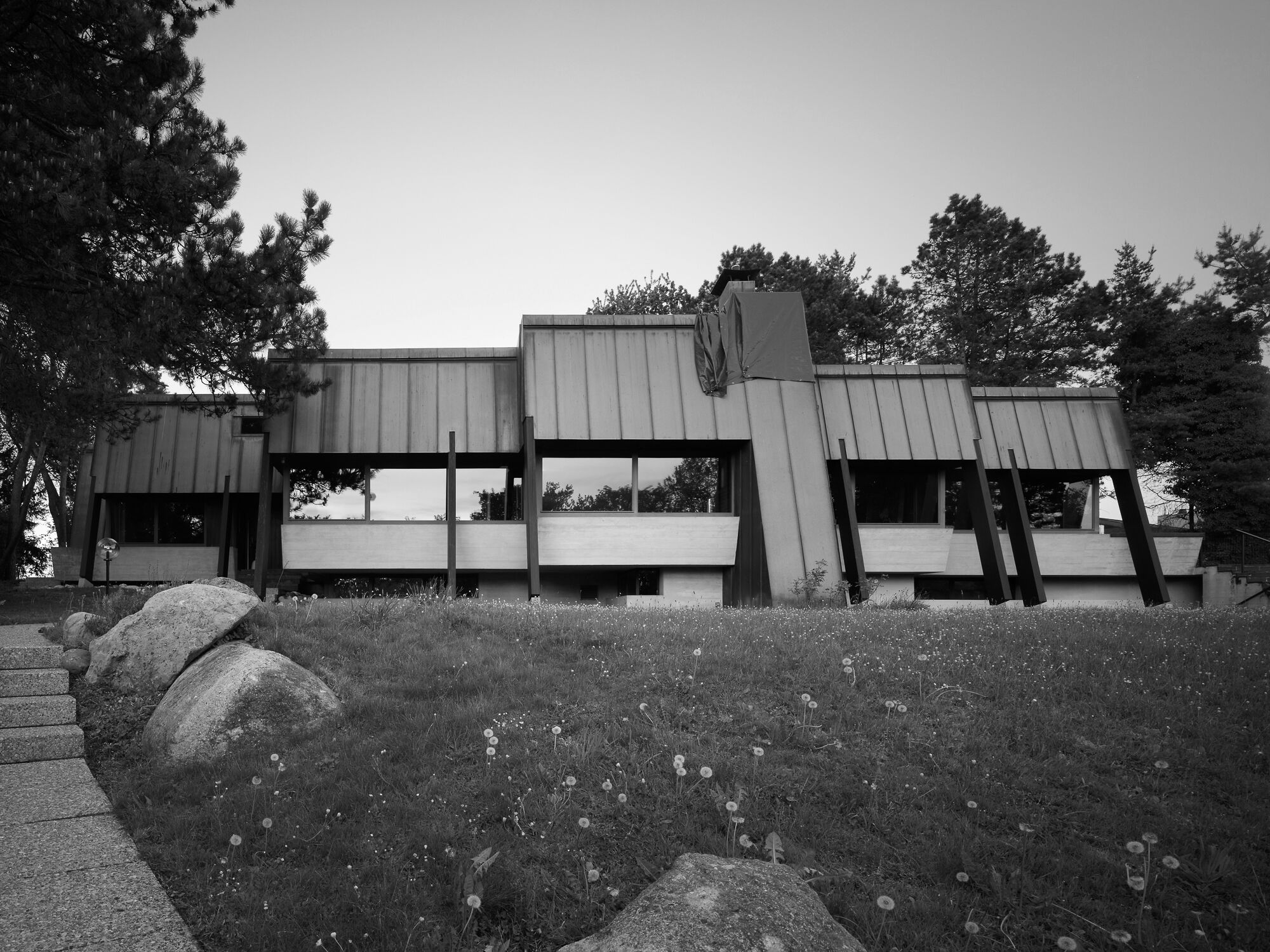 Greifensee House
Greifensee House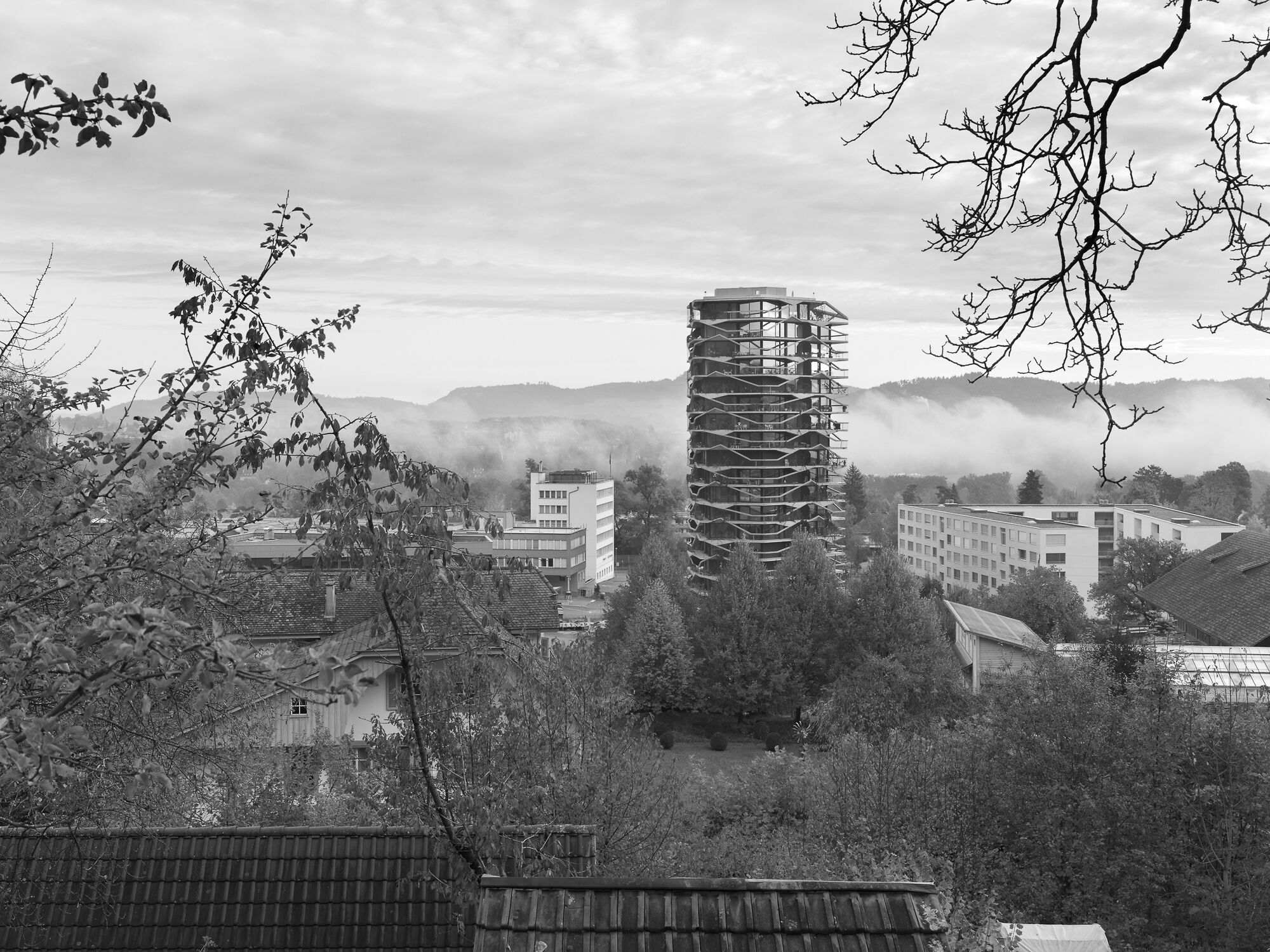 Garden Tower
Garden Tower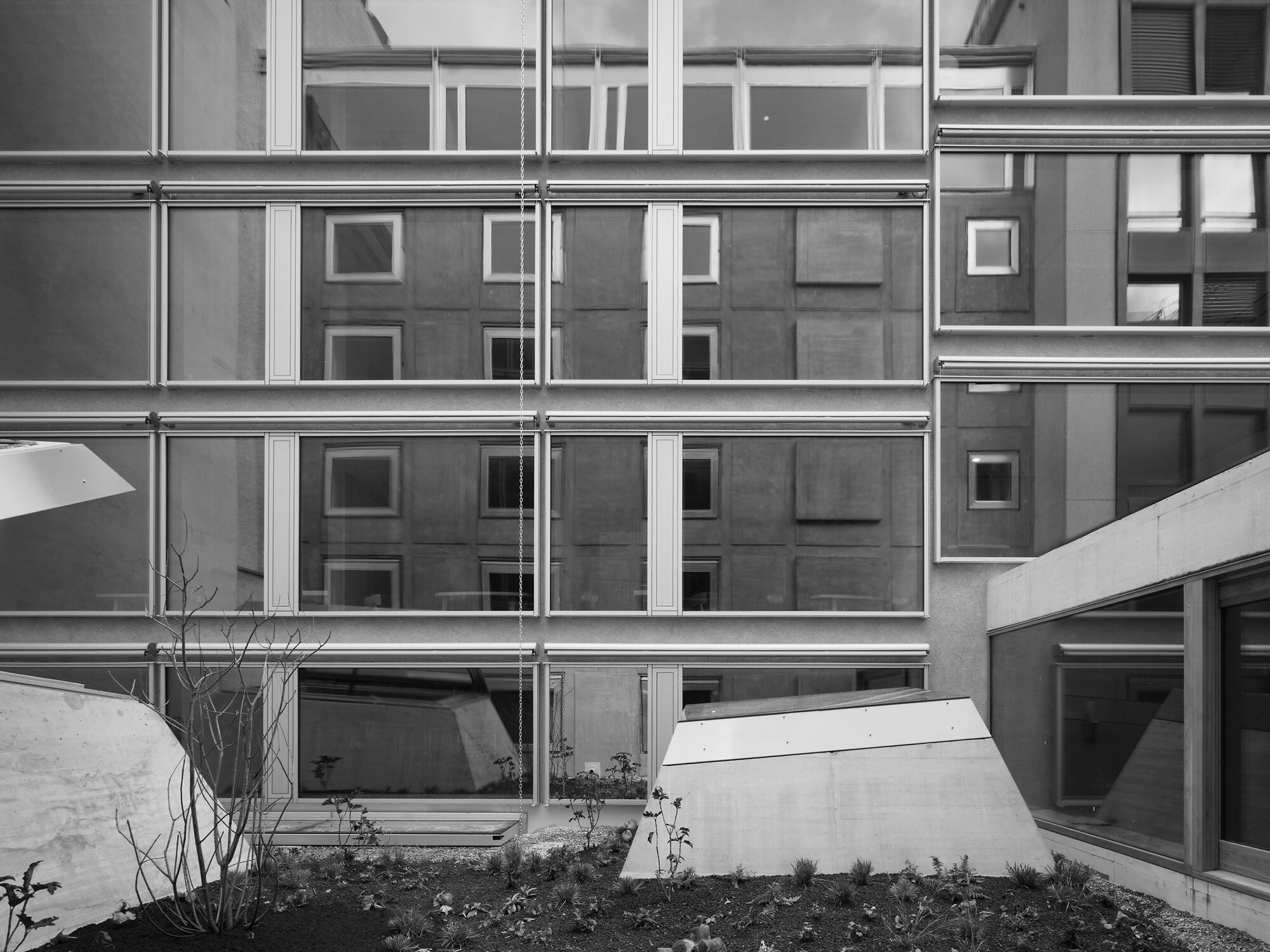 Hotel Nomad
Hotel Nomad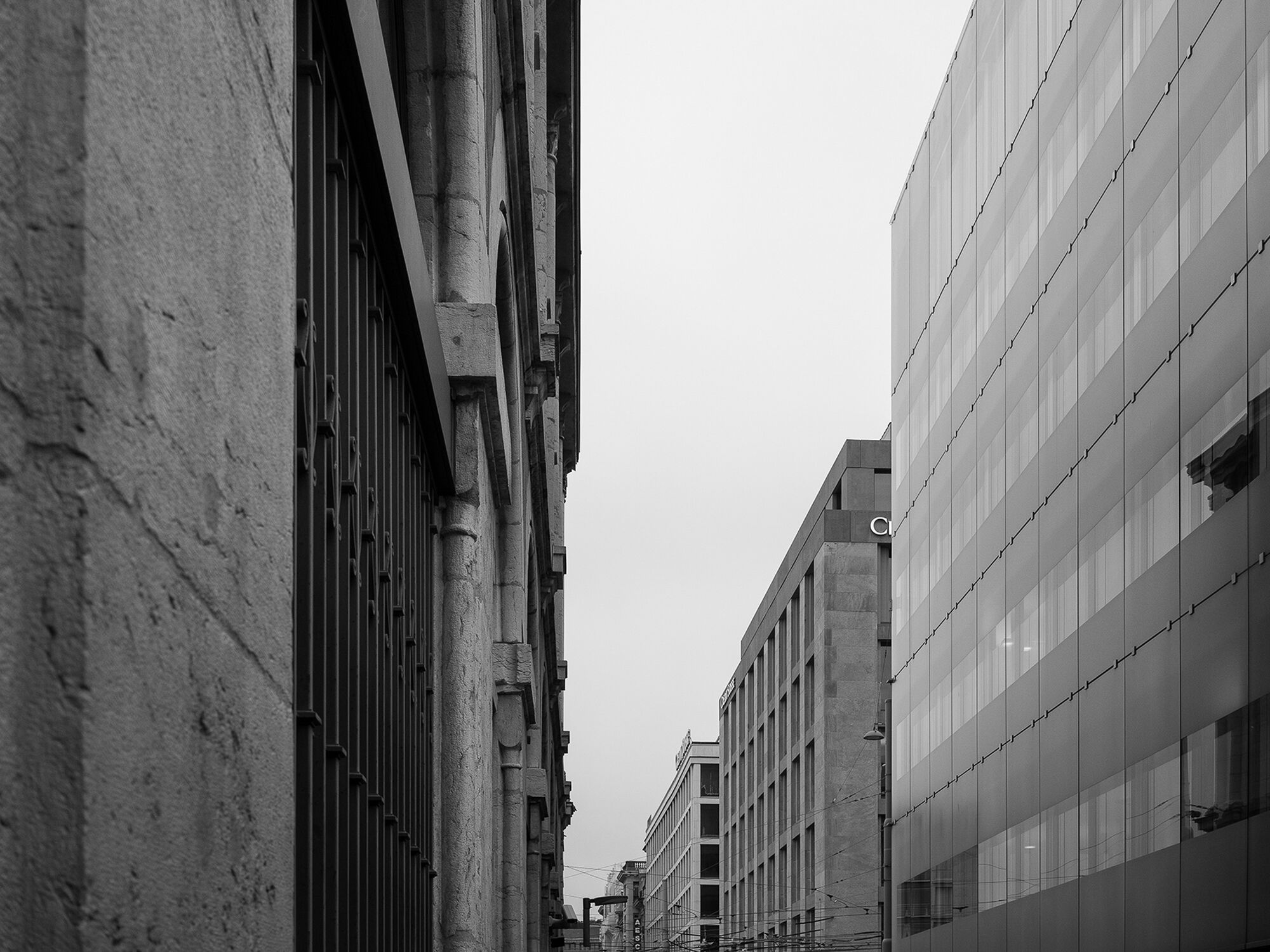 Credit Suisse
Credit Suisse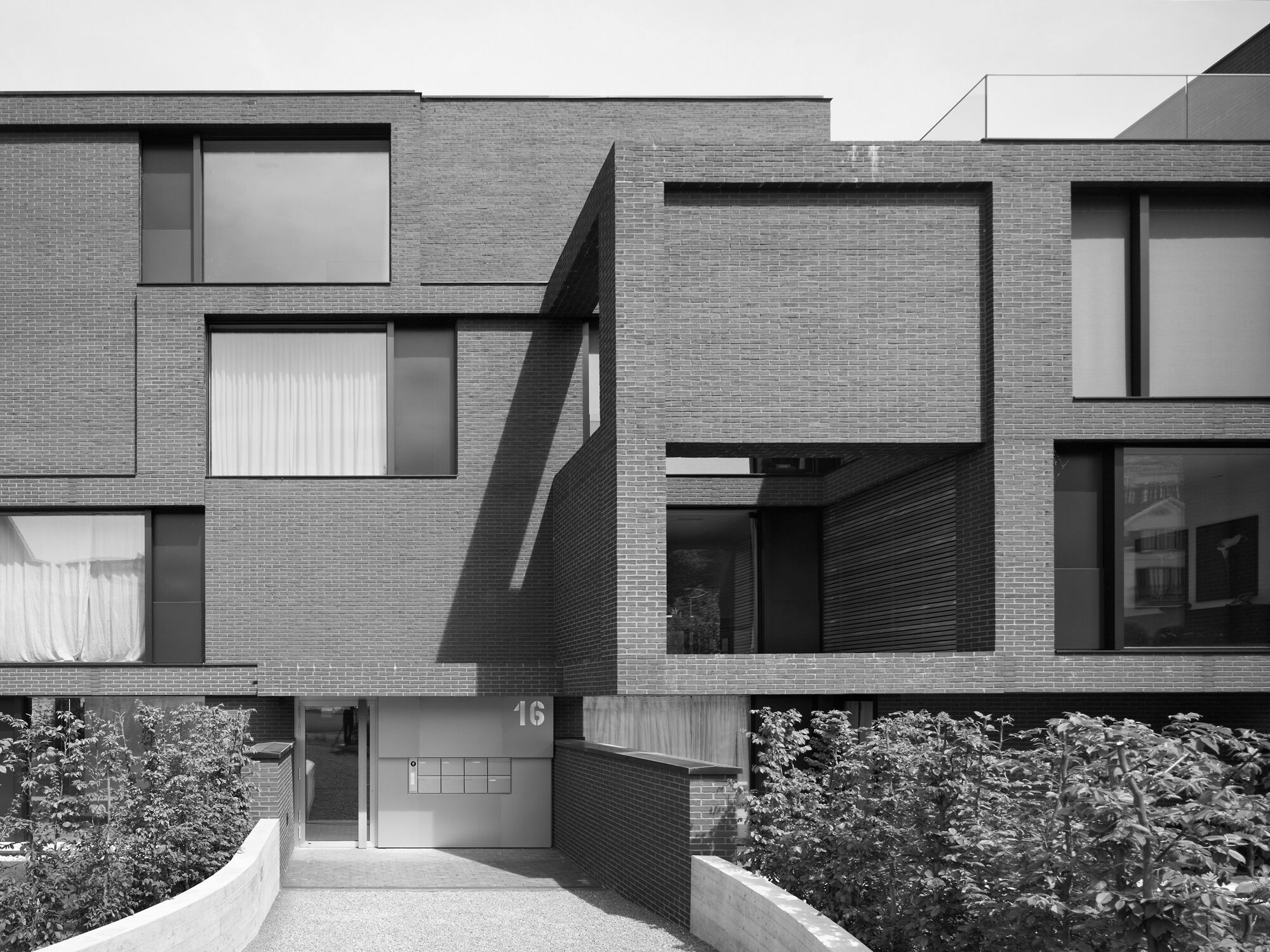 Residential Housing Peninsula
Residential Housing Peninsula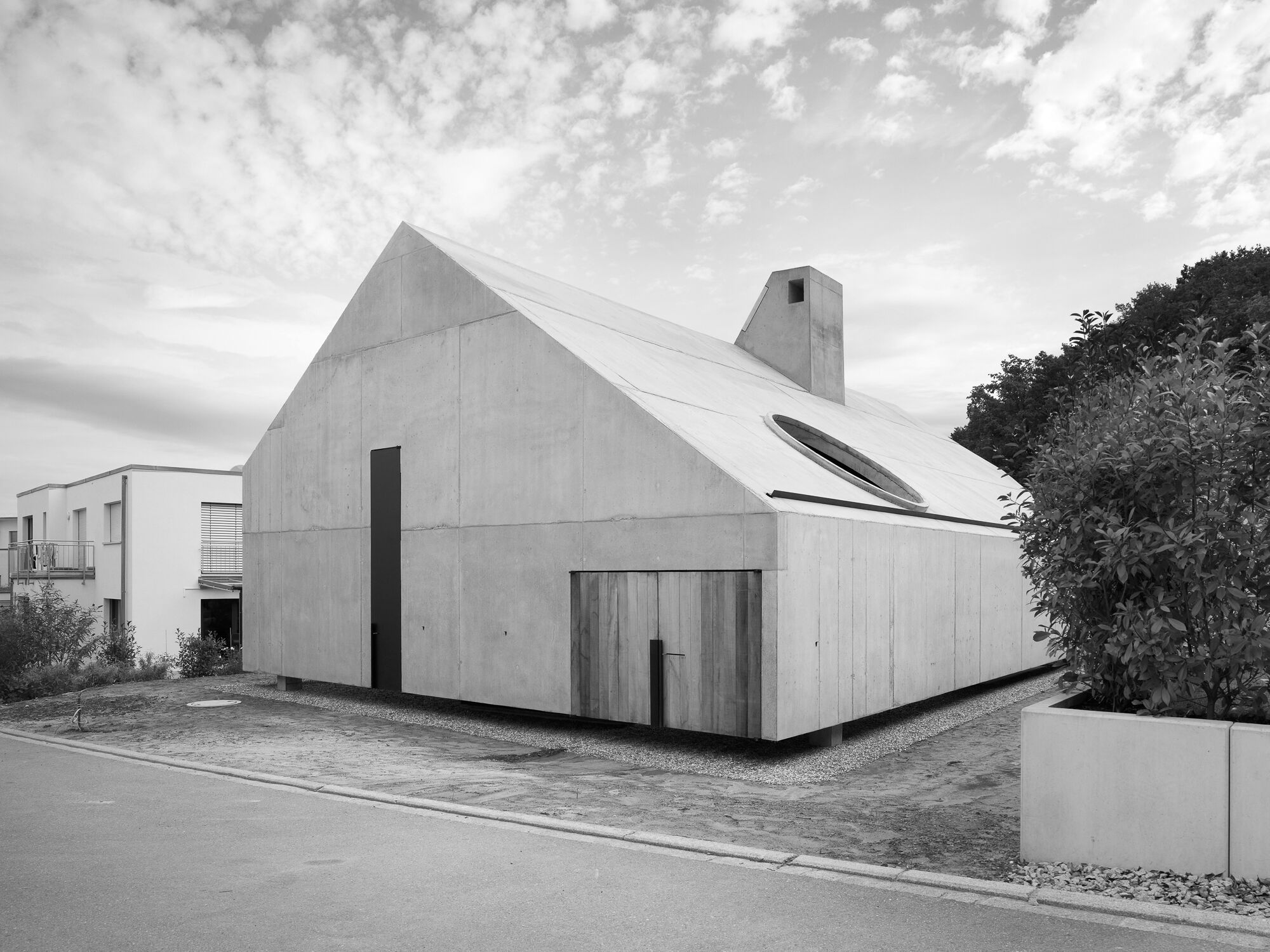 Lörrach House
Lörrach House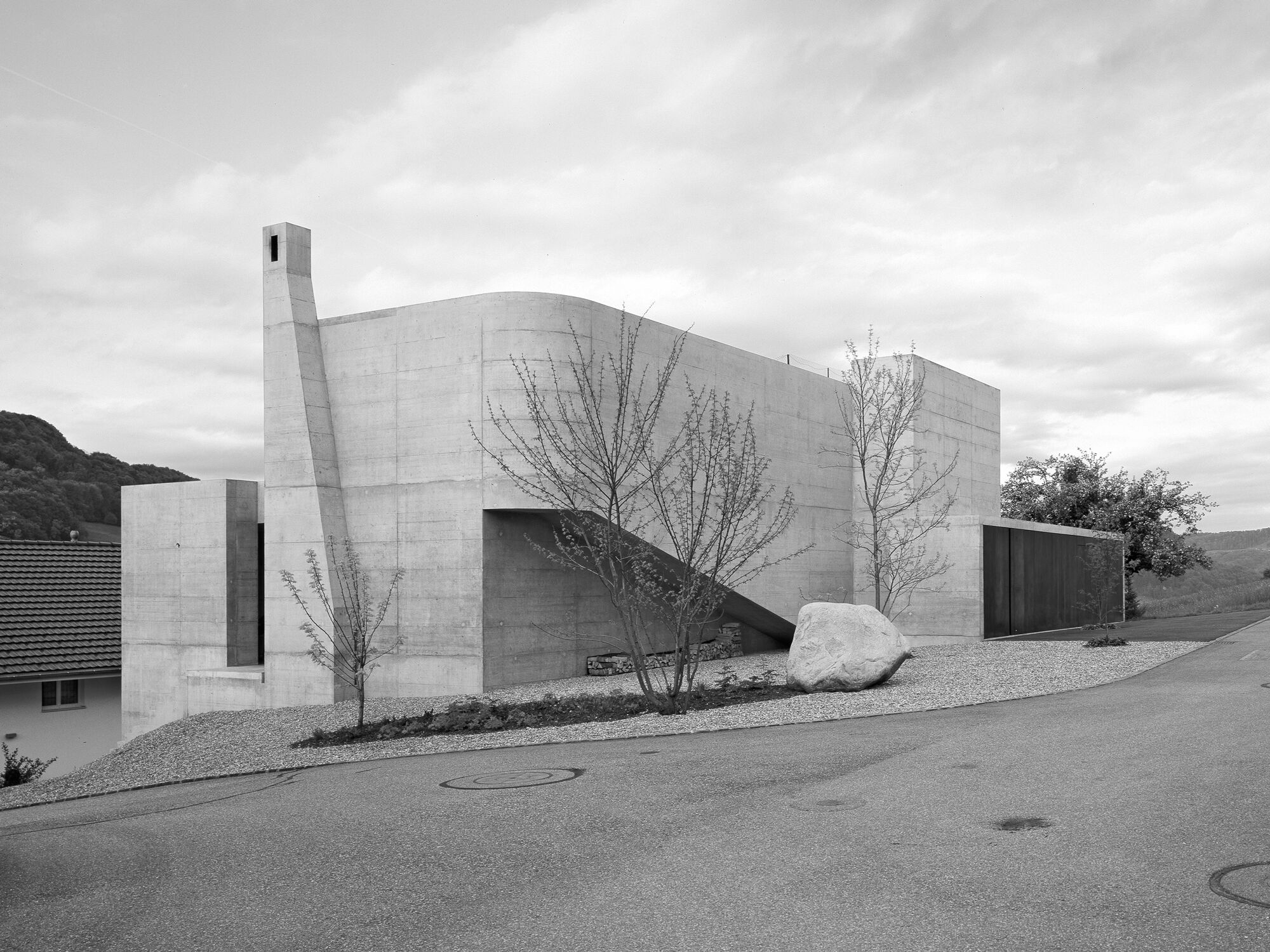 Chienbergreben House
Chienbergreben House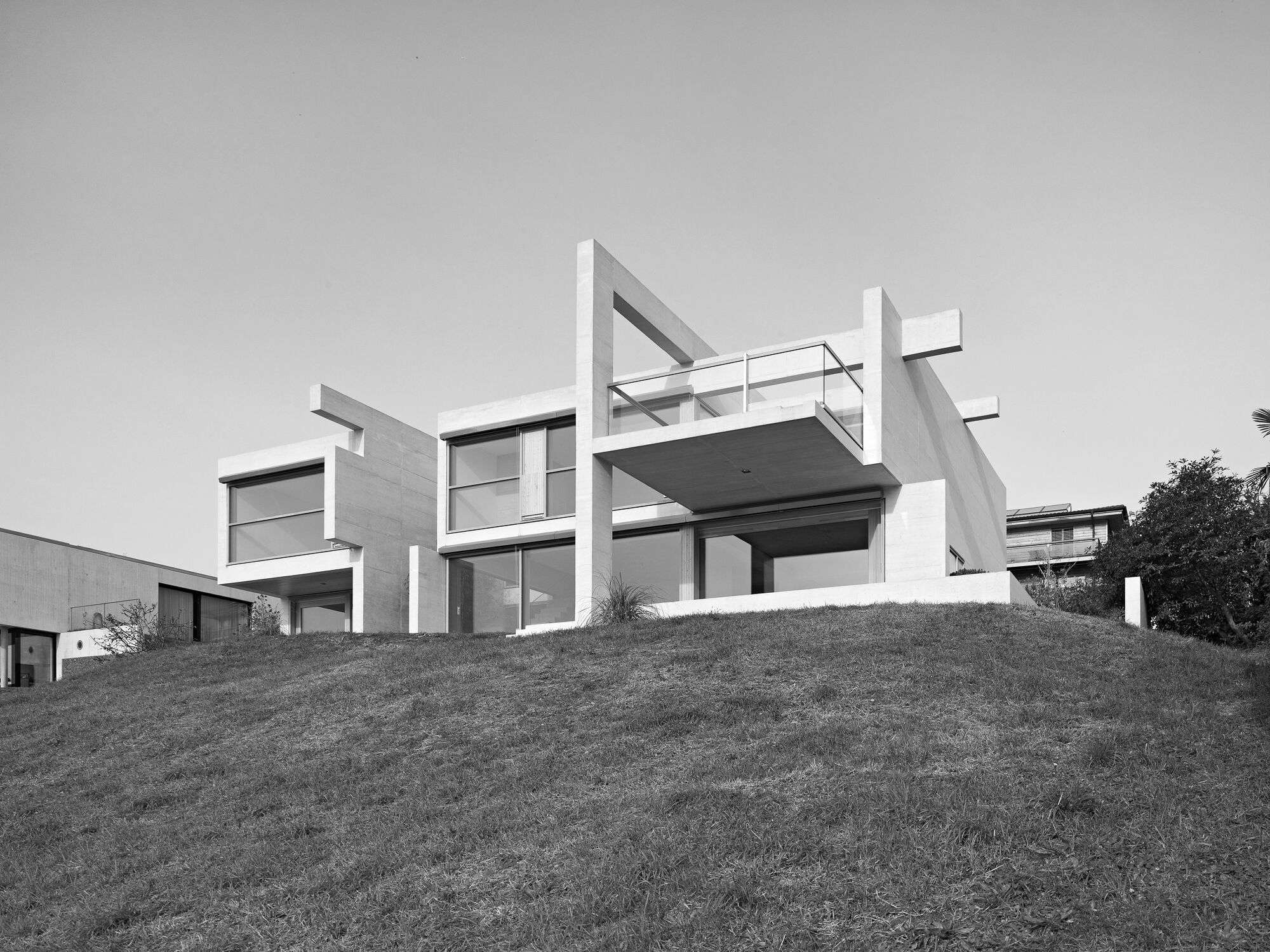 Hertenstein House
Hertenstein House Bläsiring House
Bläsiring House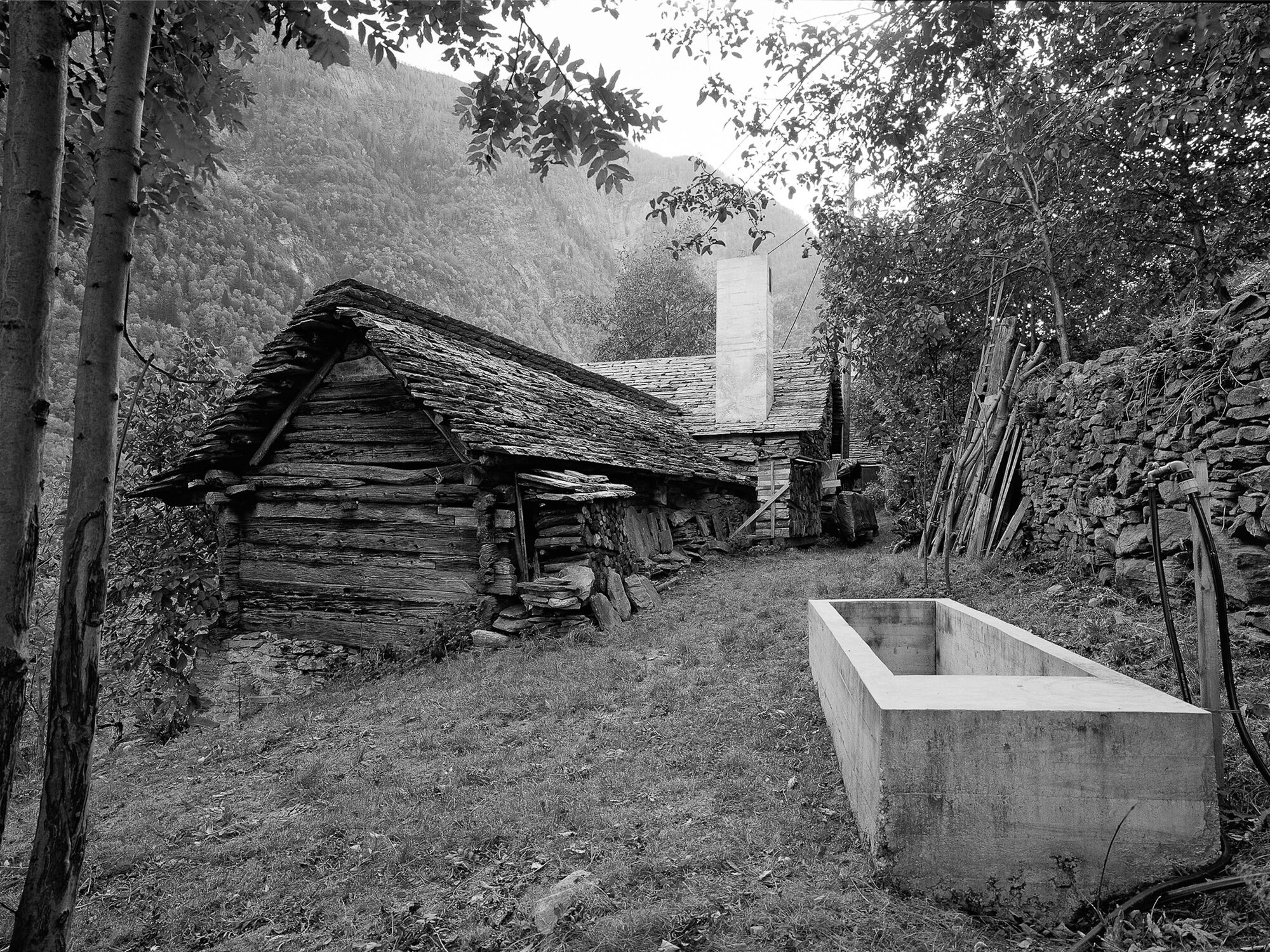 Casa D’Estate
Casa D’Estate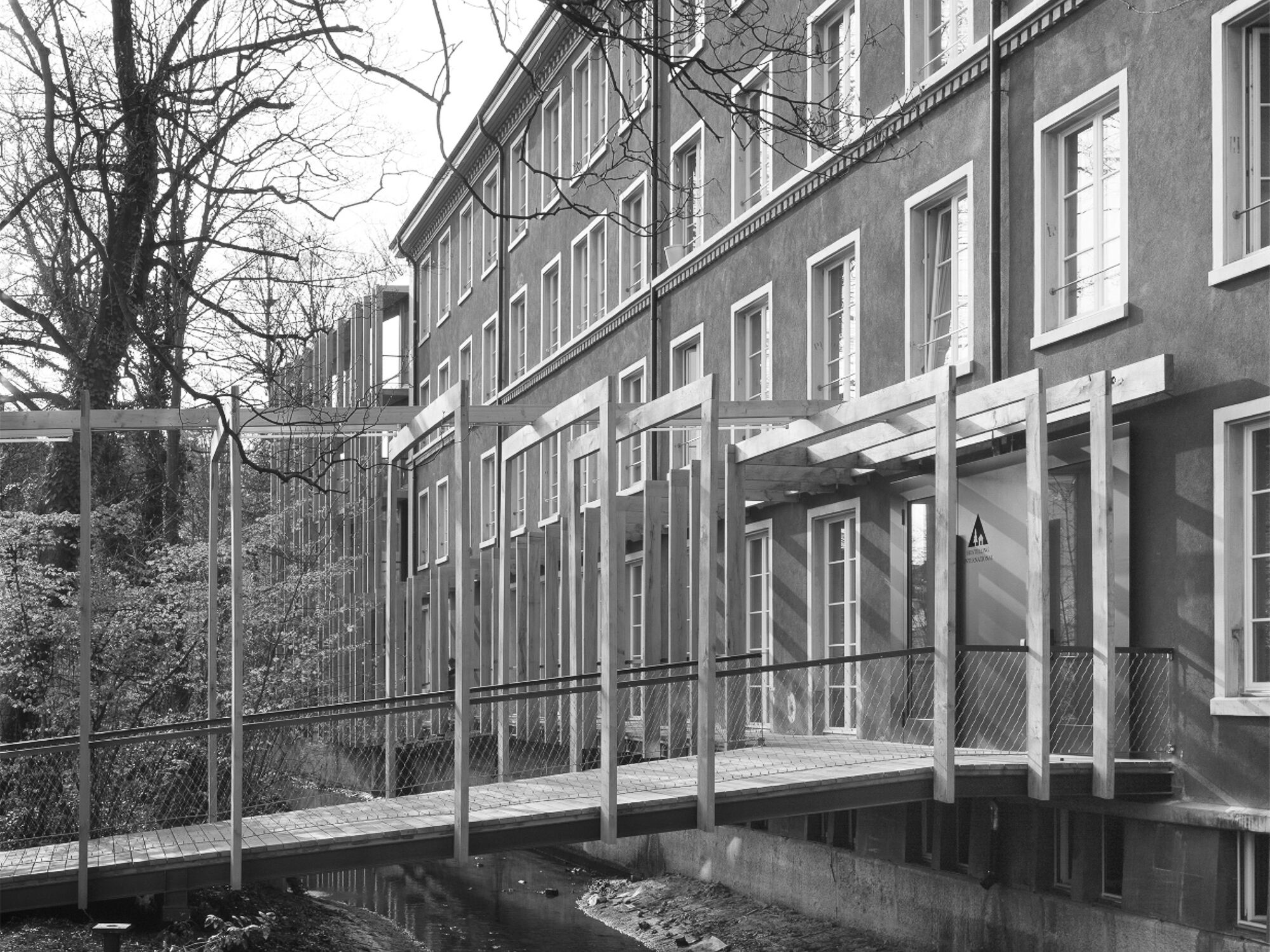 Youth Hostel St. Alban
Youth Hostel St. Alban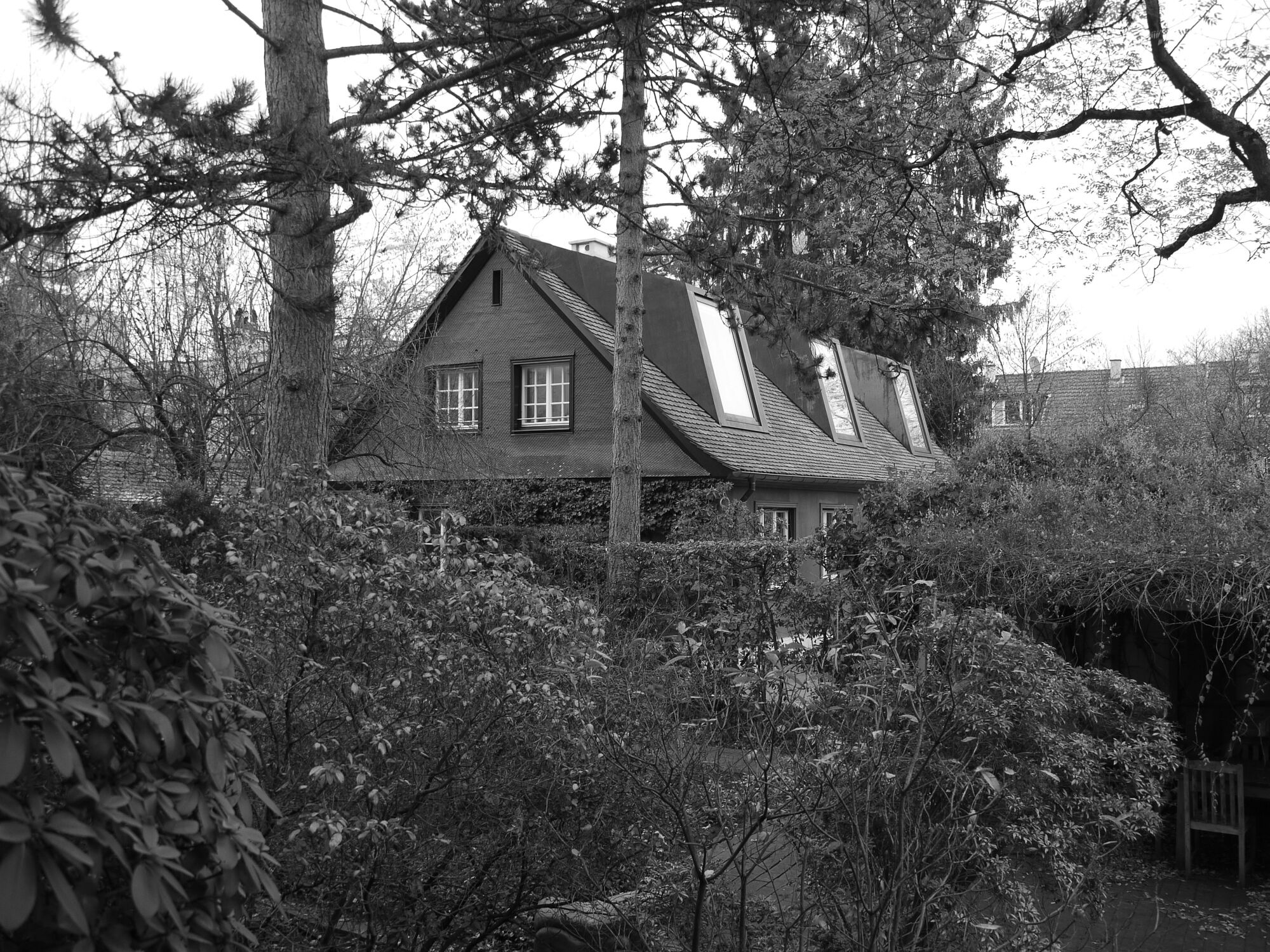 Bernoulli House
Bernoulli House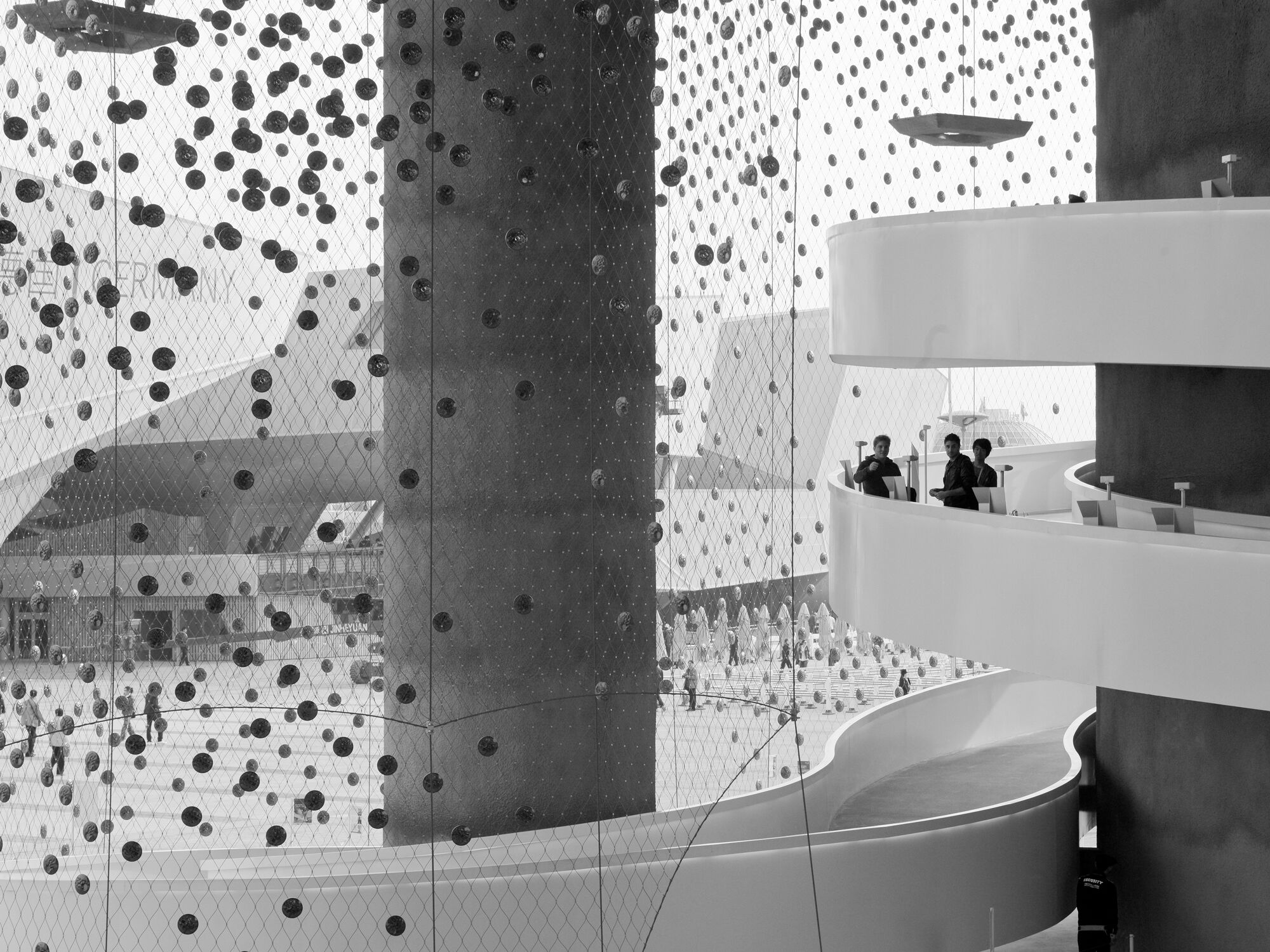 Swiss Expo Pavilion
Swiss Expo Pavilion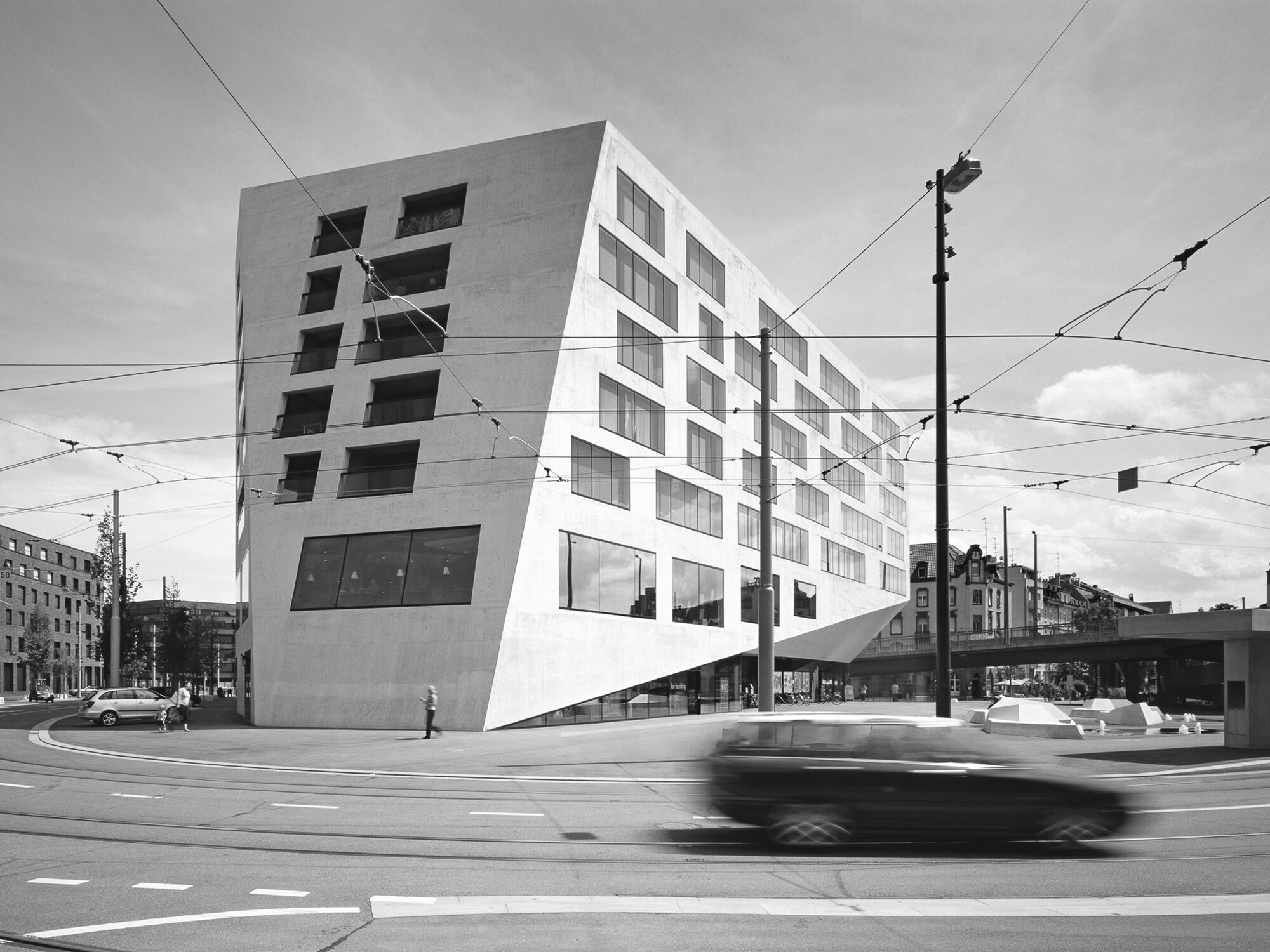 Volta Zentrum
Volta Zentrum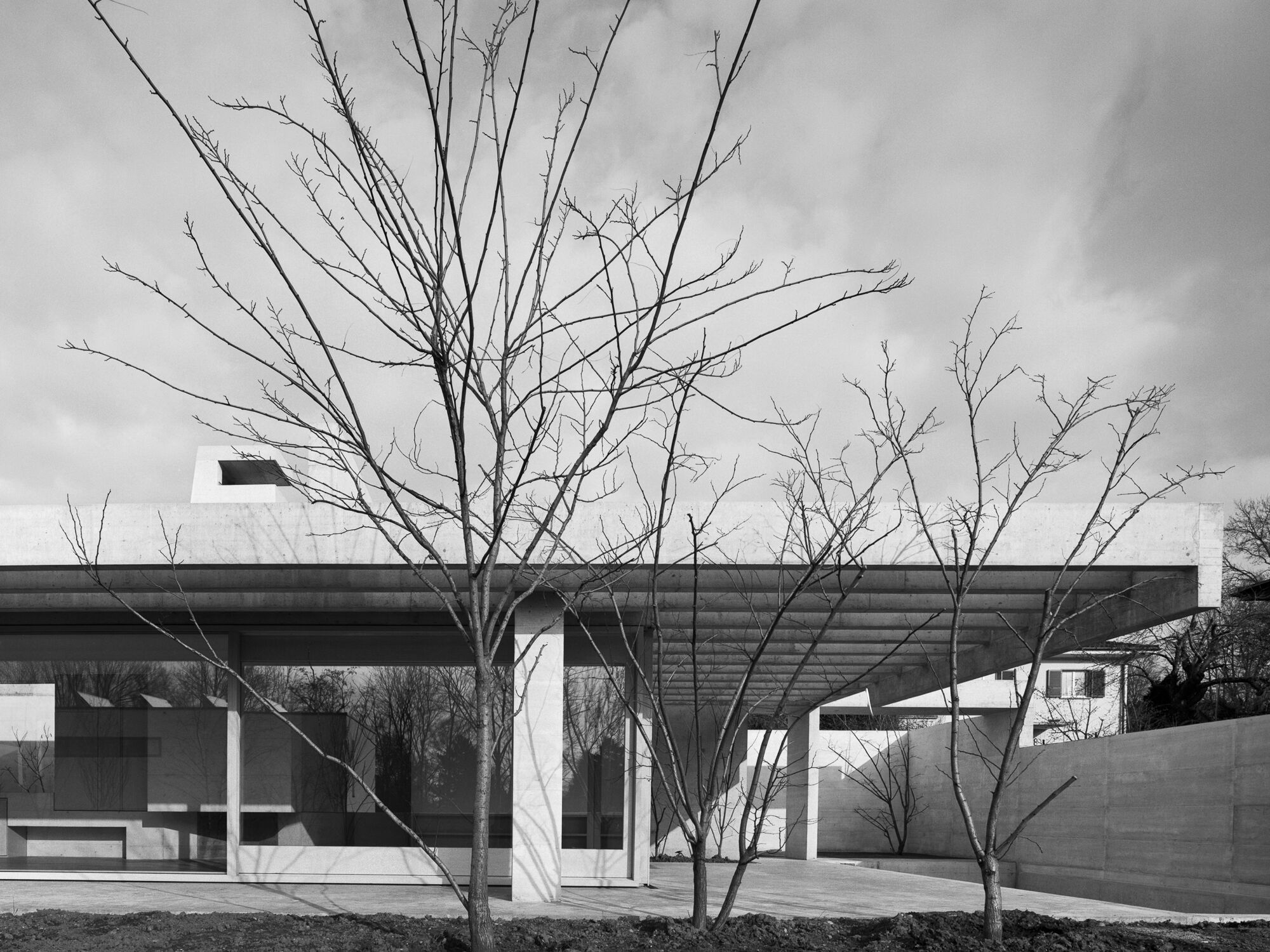 Binningen House
Binningen House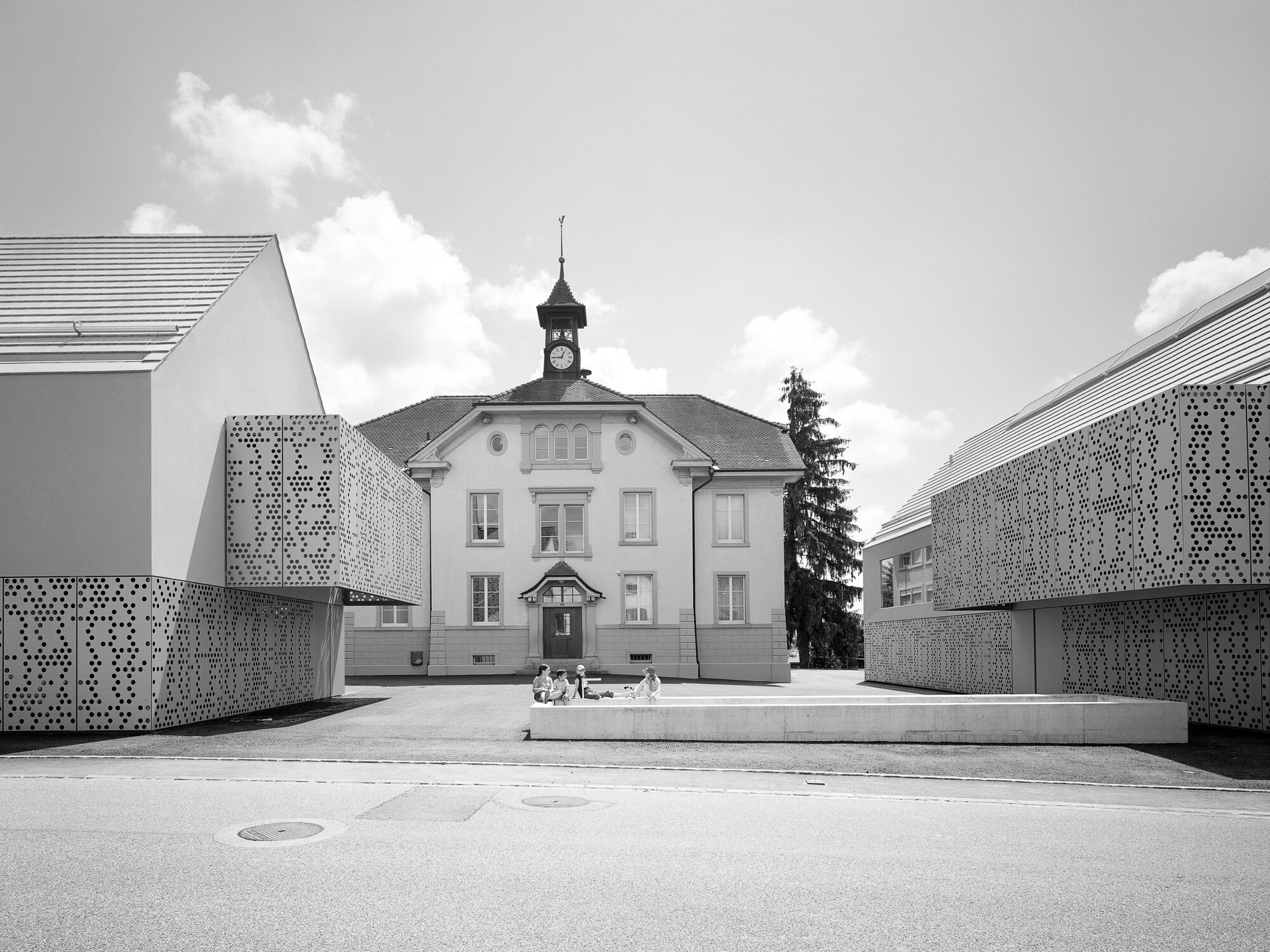 Community Centre Seltisberg
Community Centre Seltisberg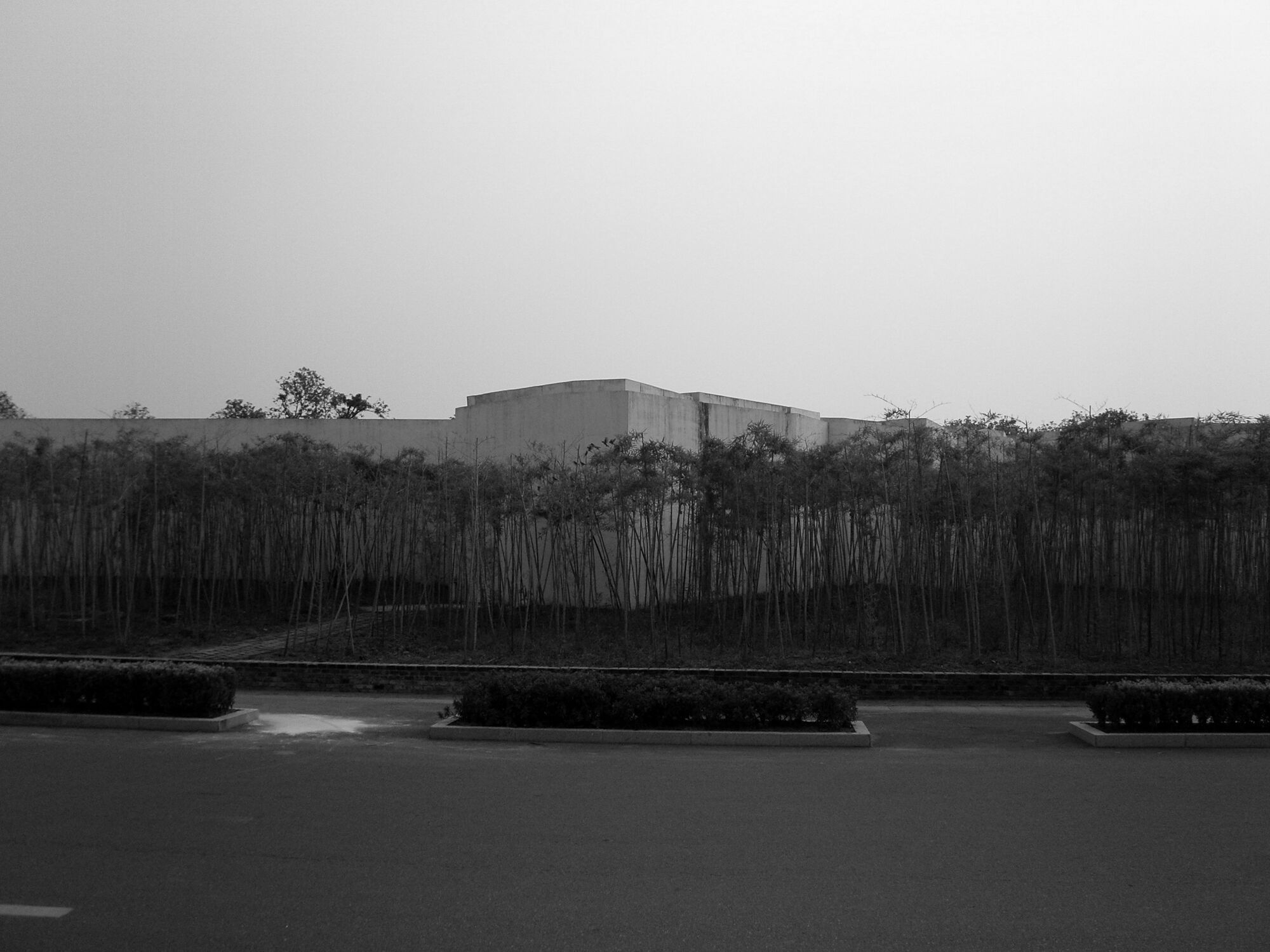 Manager Pavilion Jinhua
Manager Pavilion Jinhua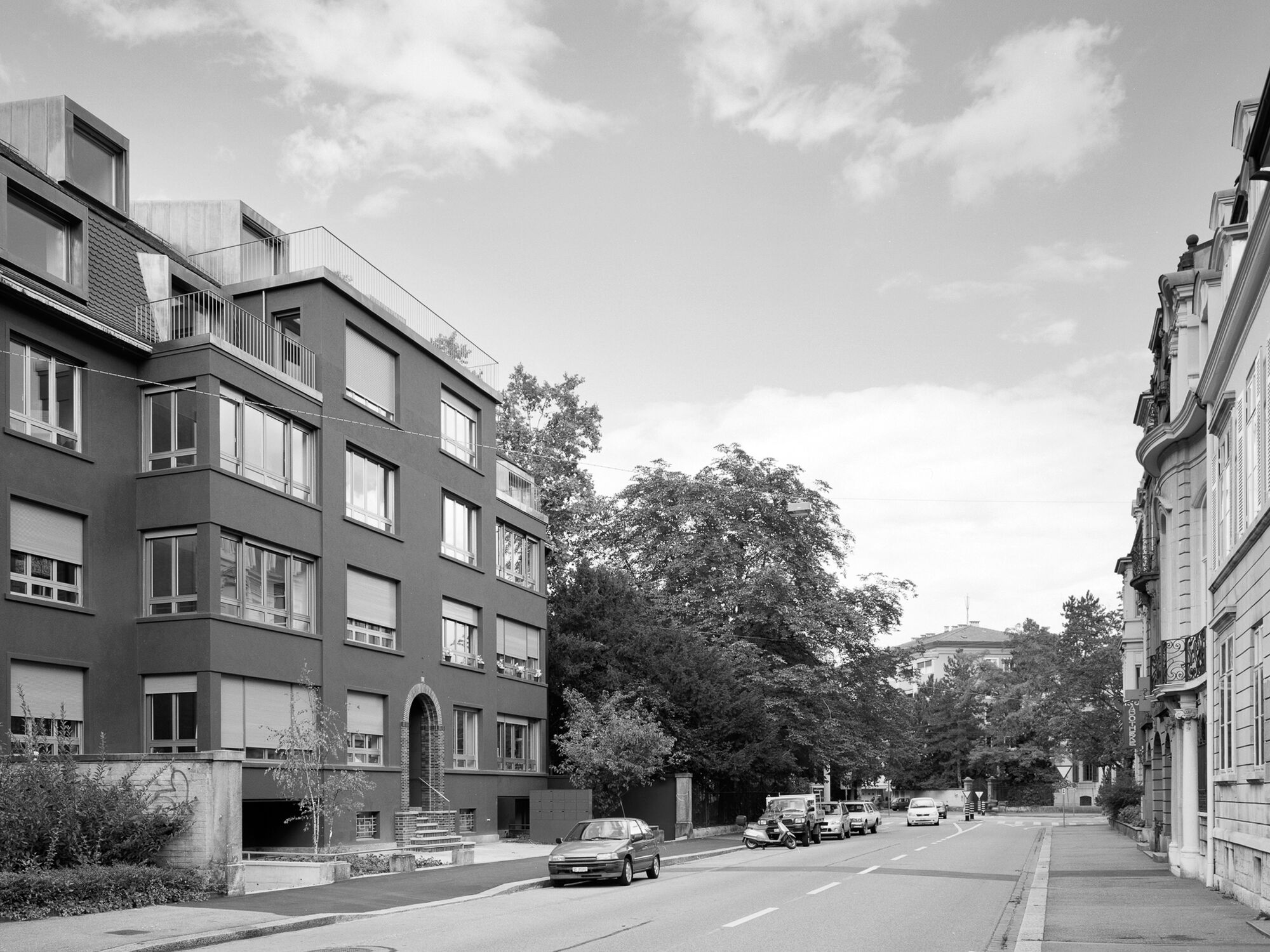 Residential Housing Sevogelstrasse
Residential Housing Sevogelstrasse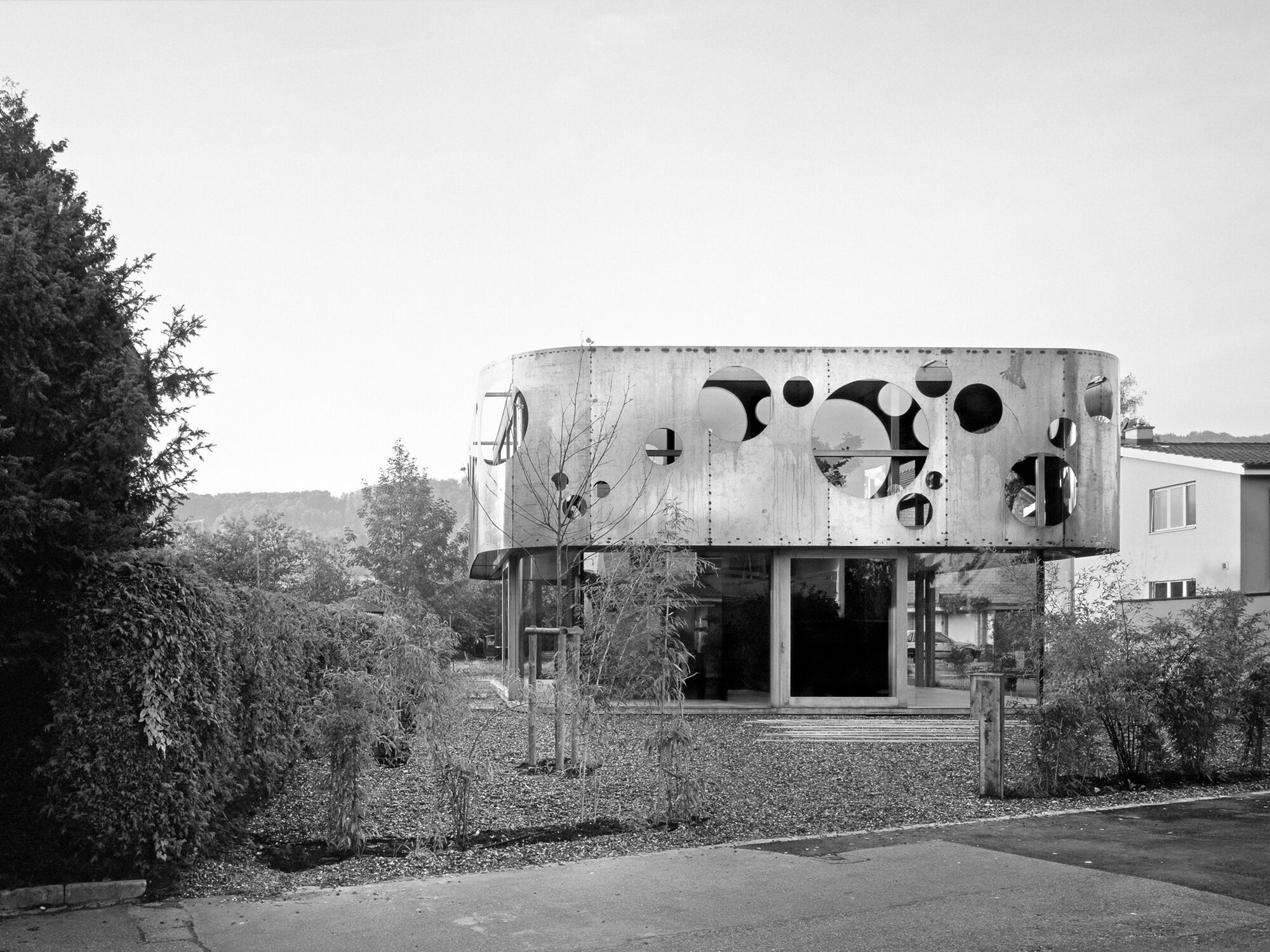 Aesch House
Aesch House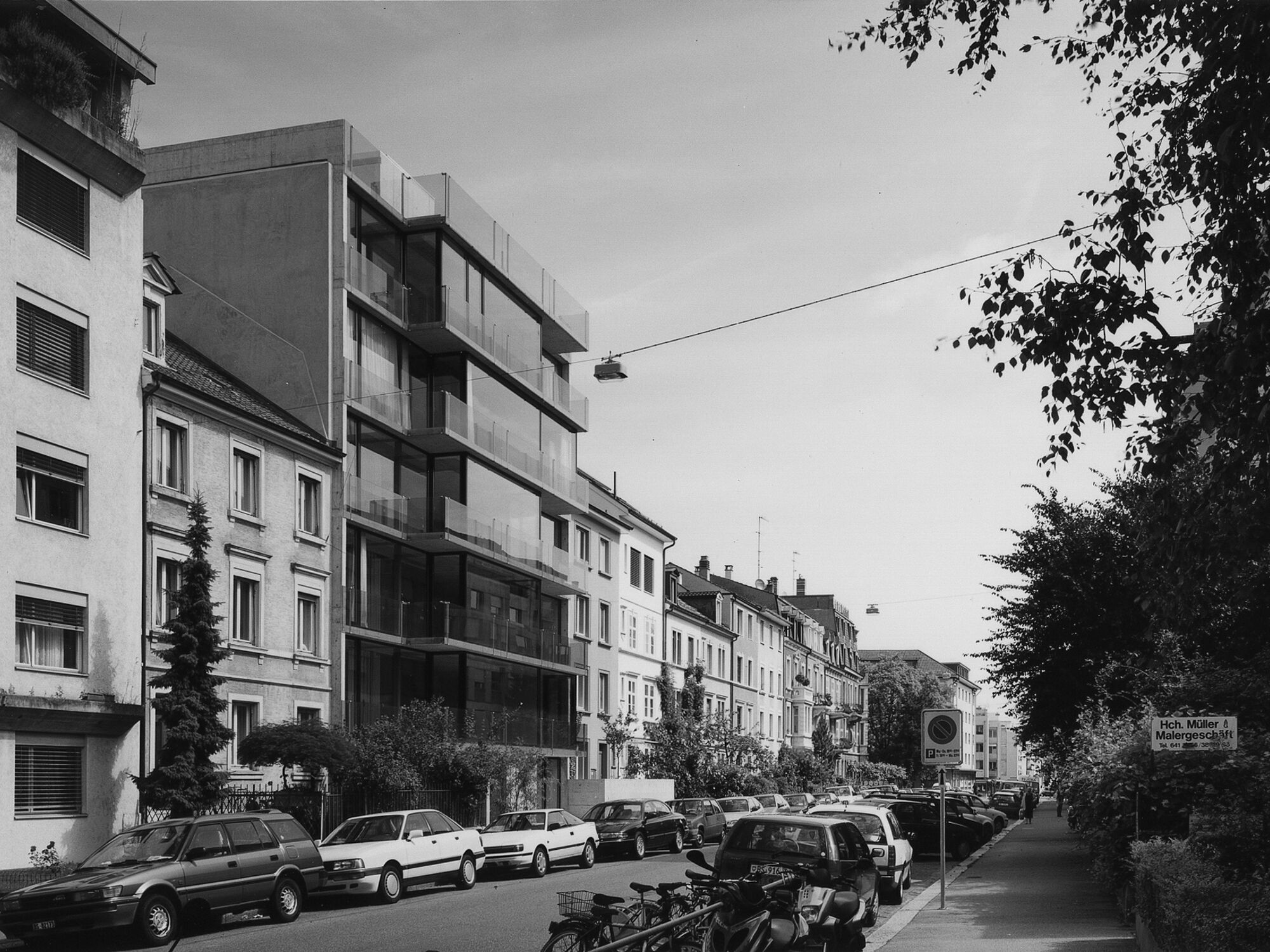 Loft House Basel
Loft House Basel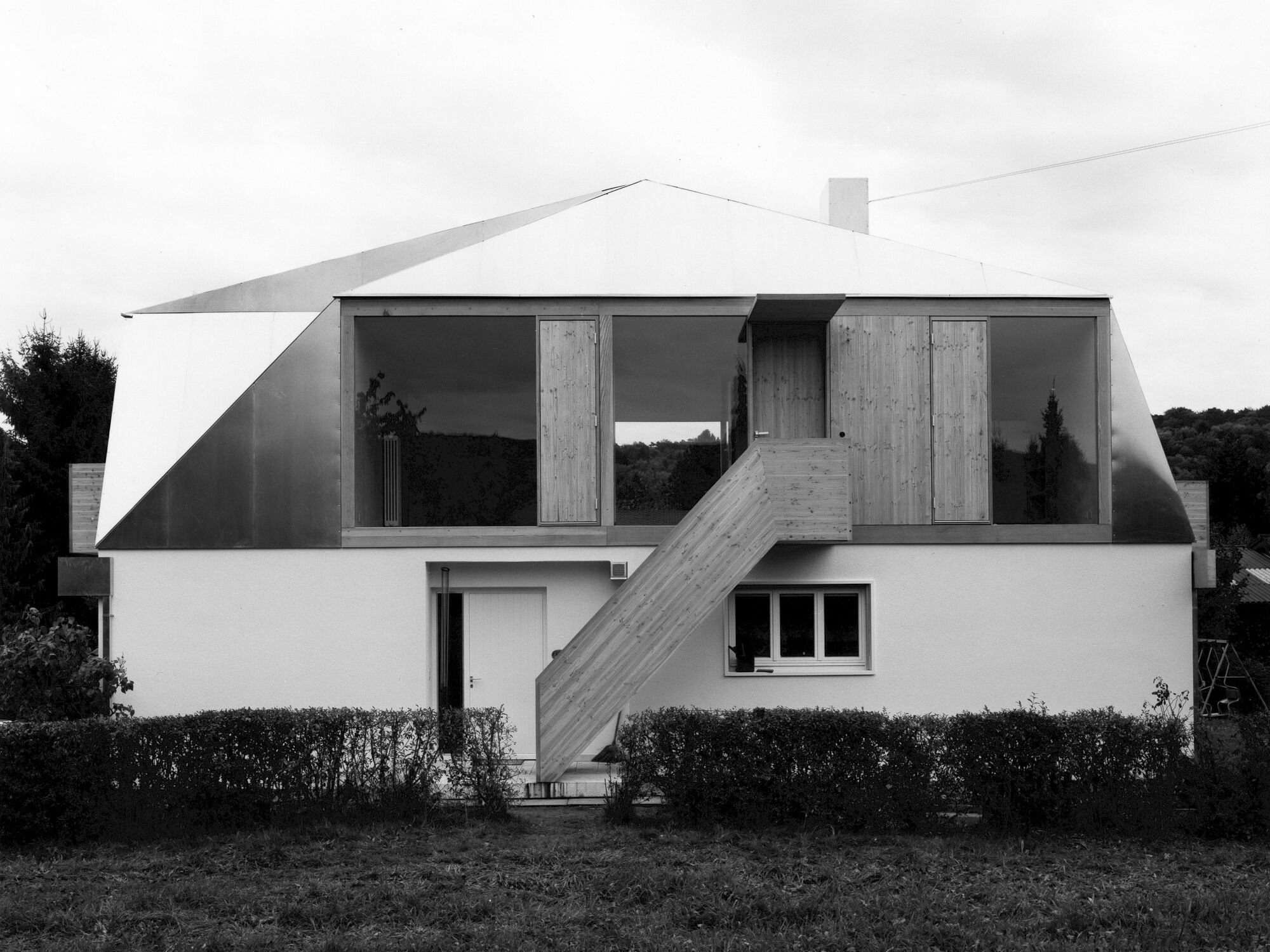 Lupsingen House
Lupsingen House